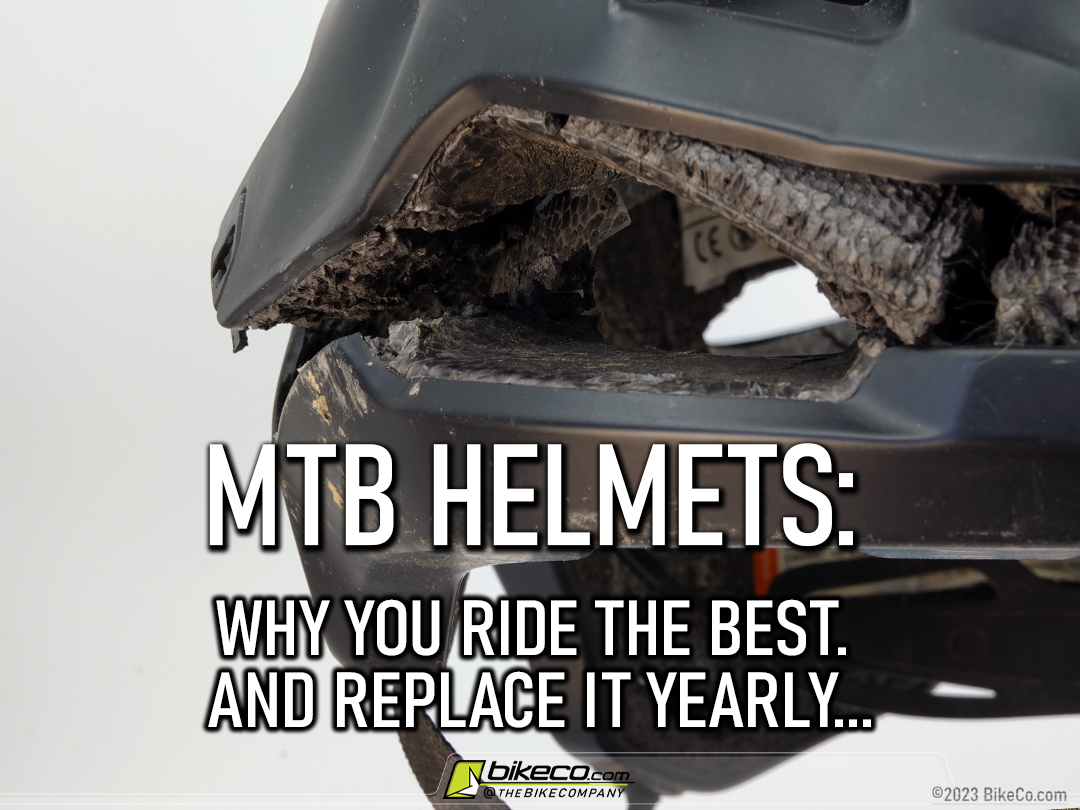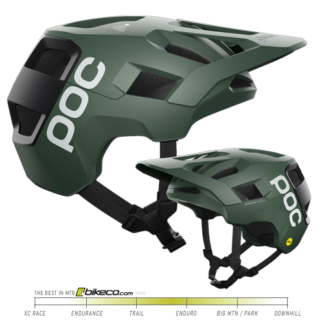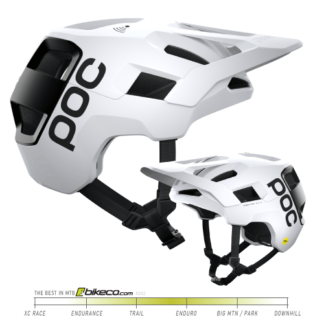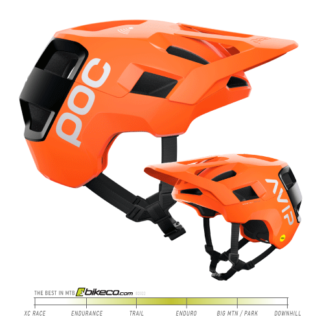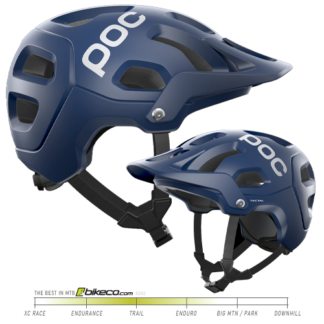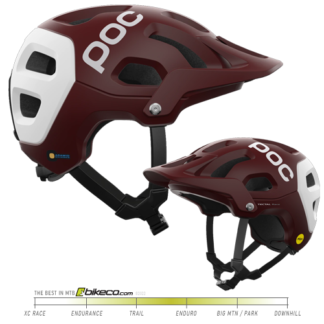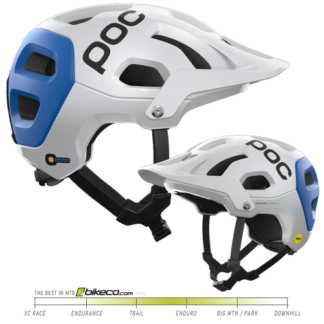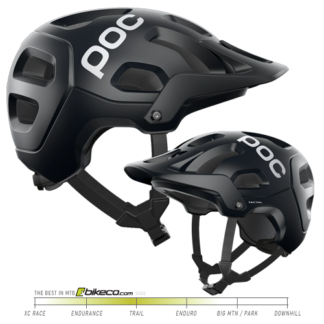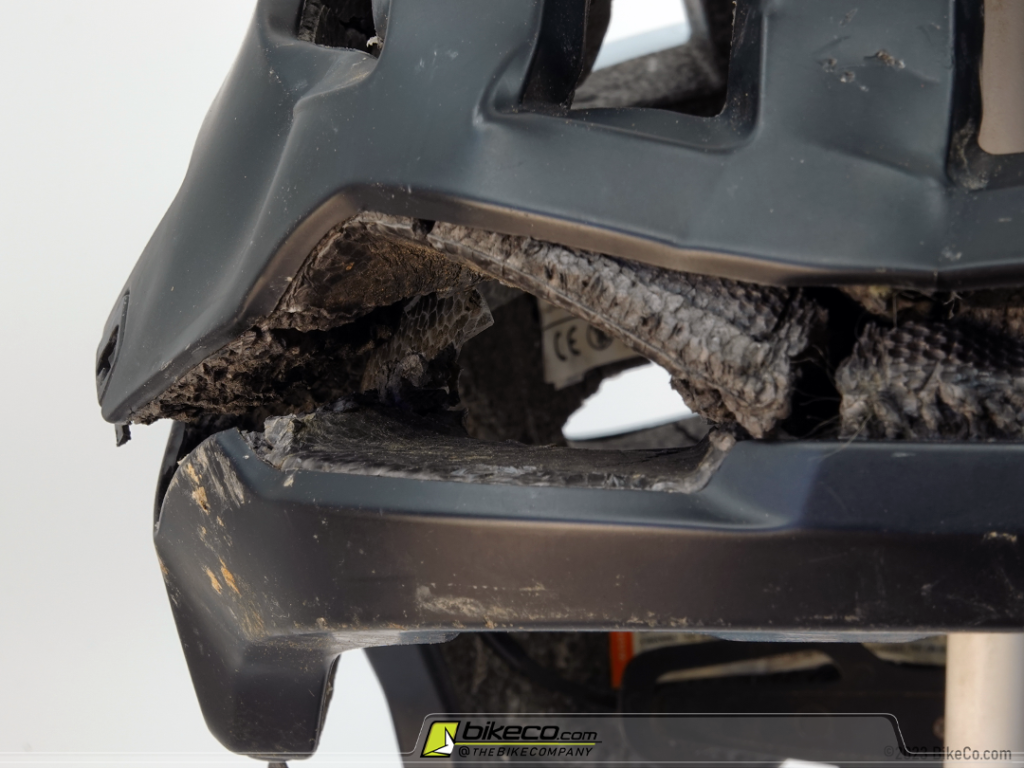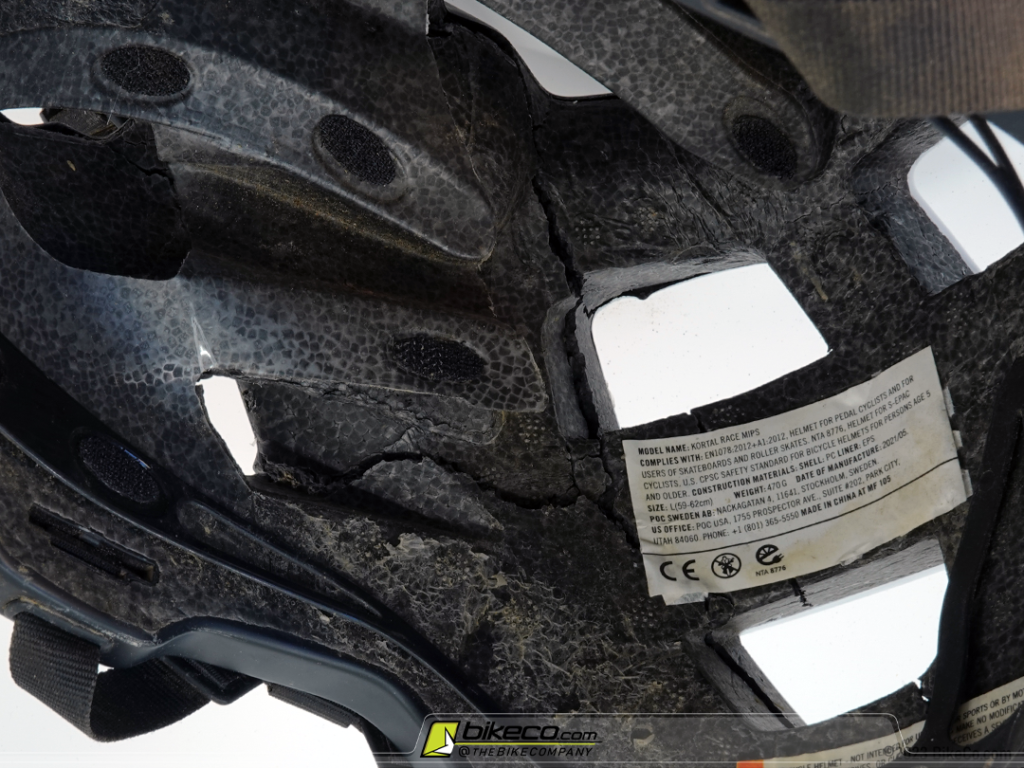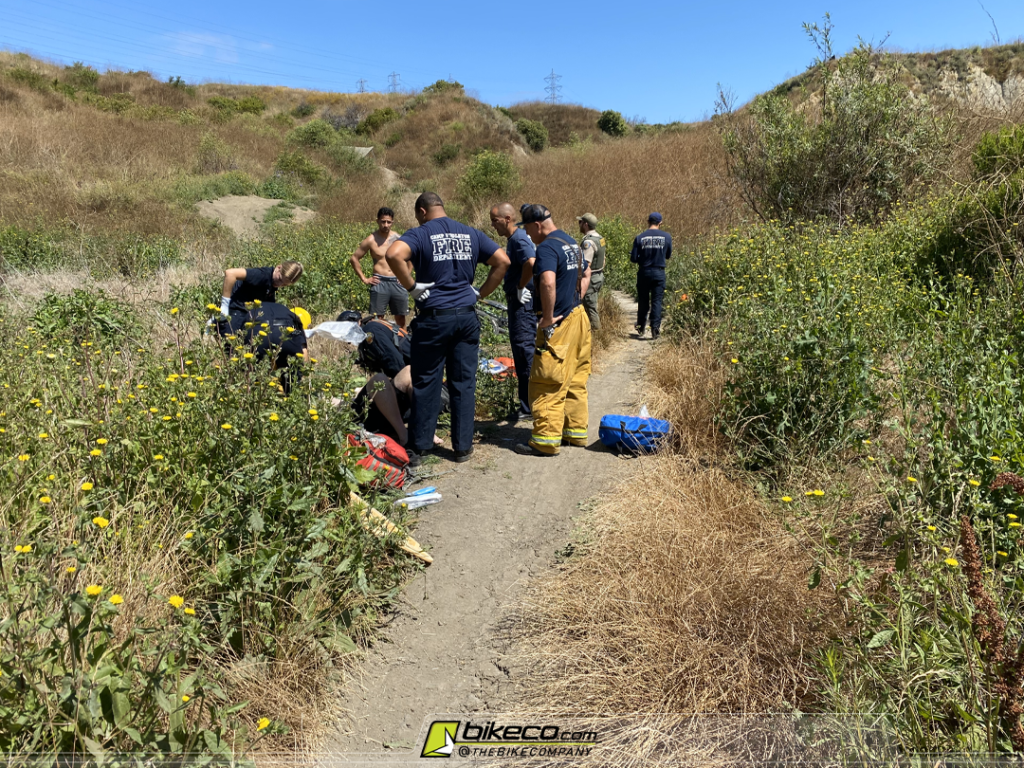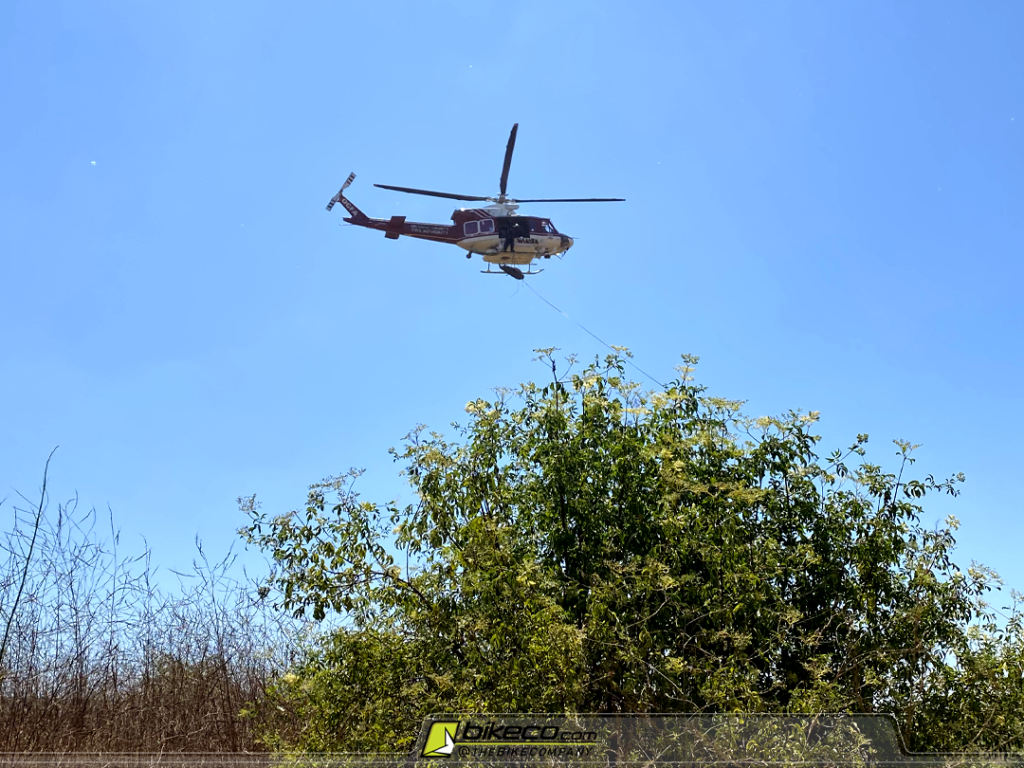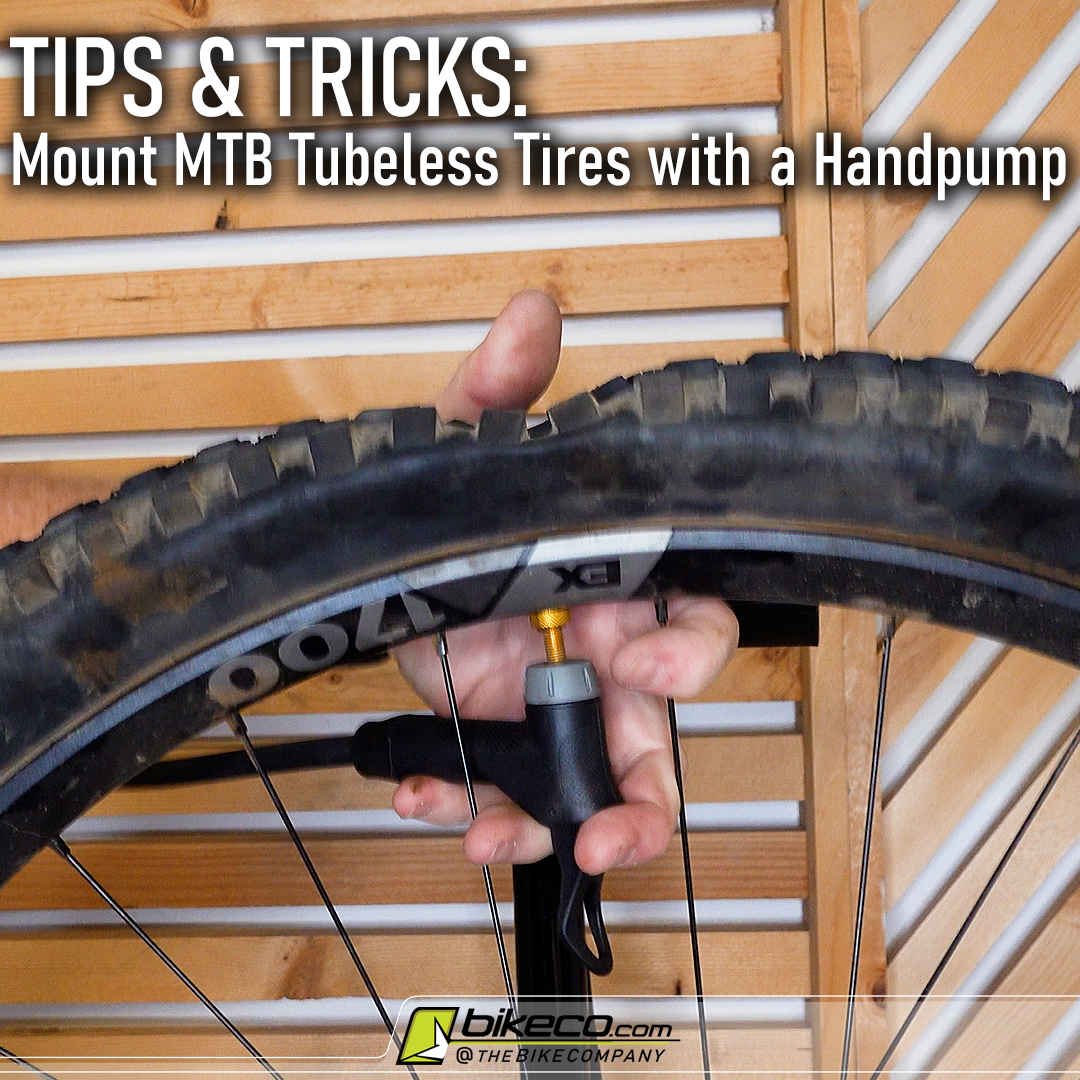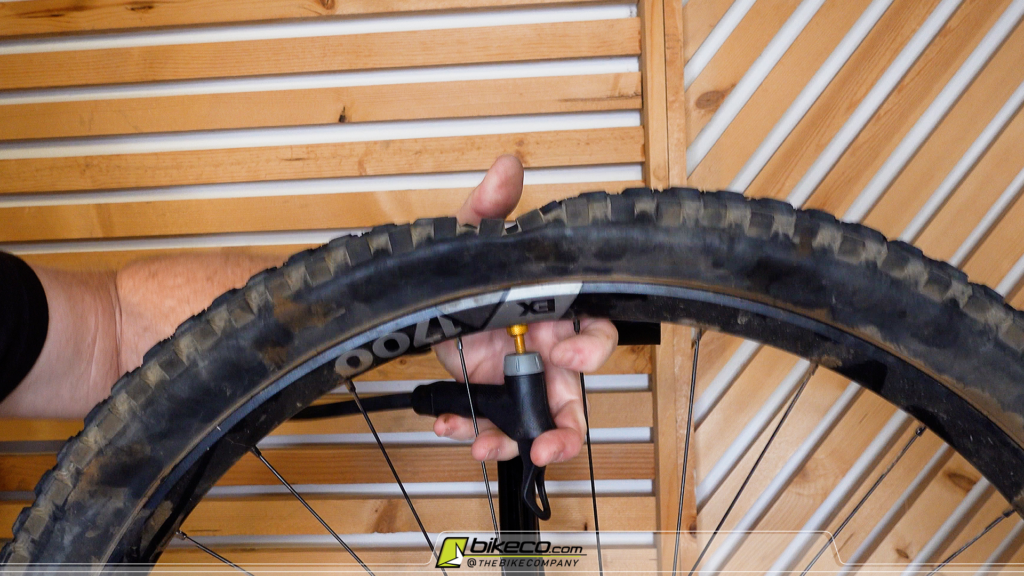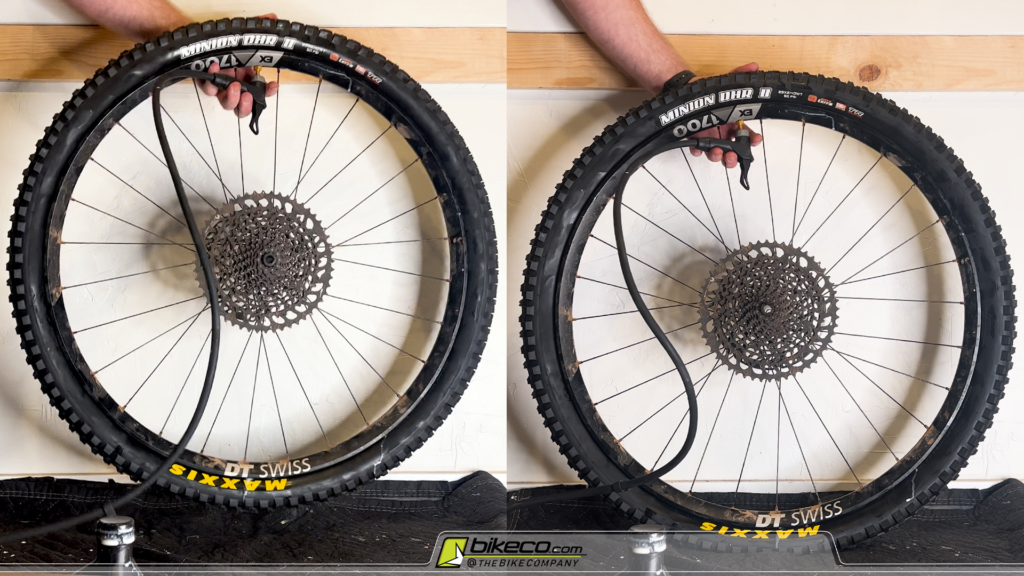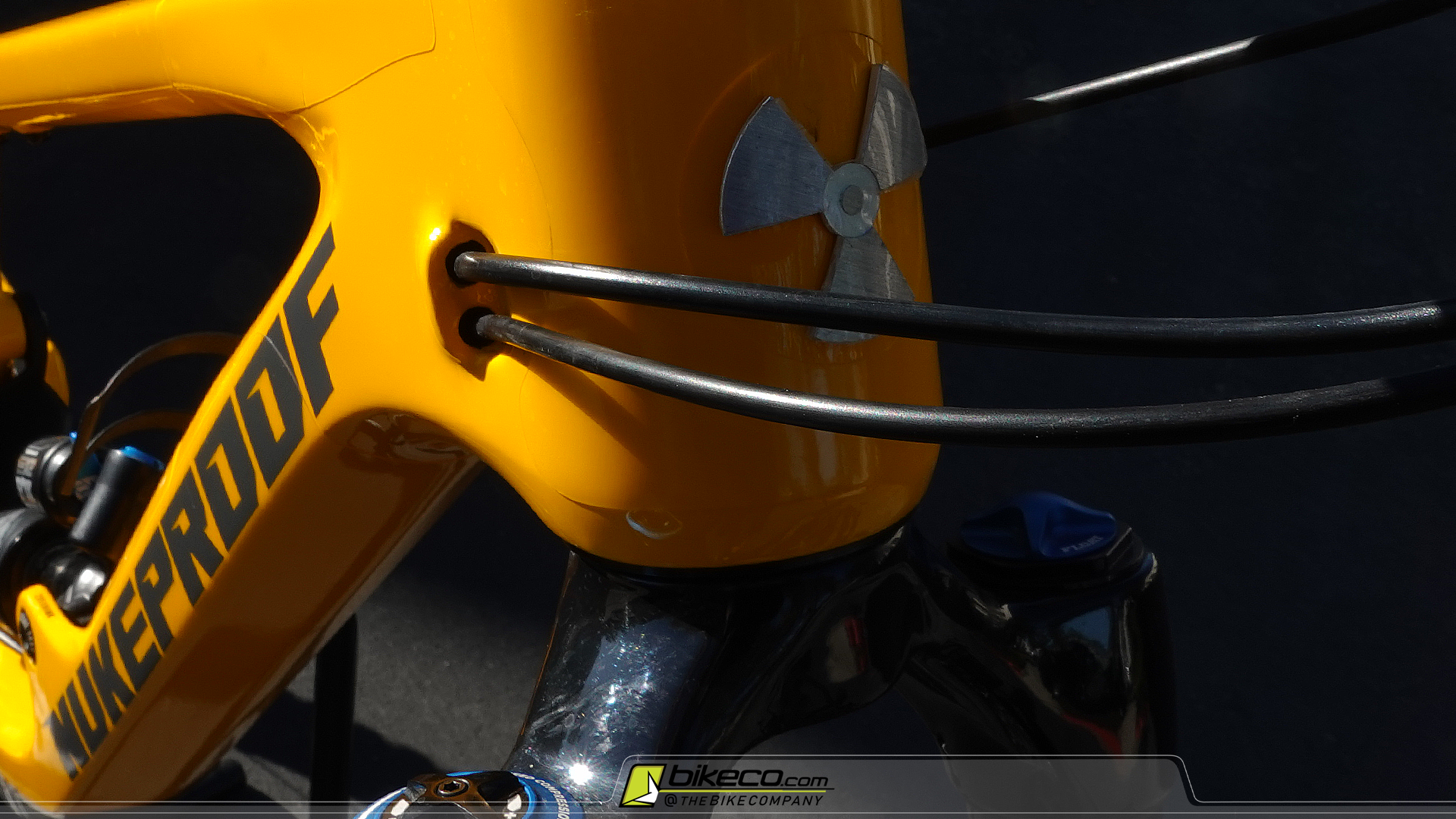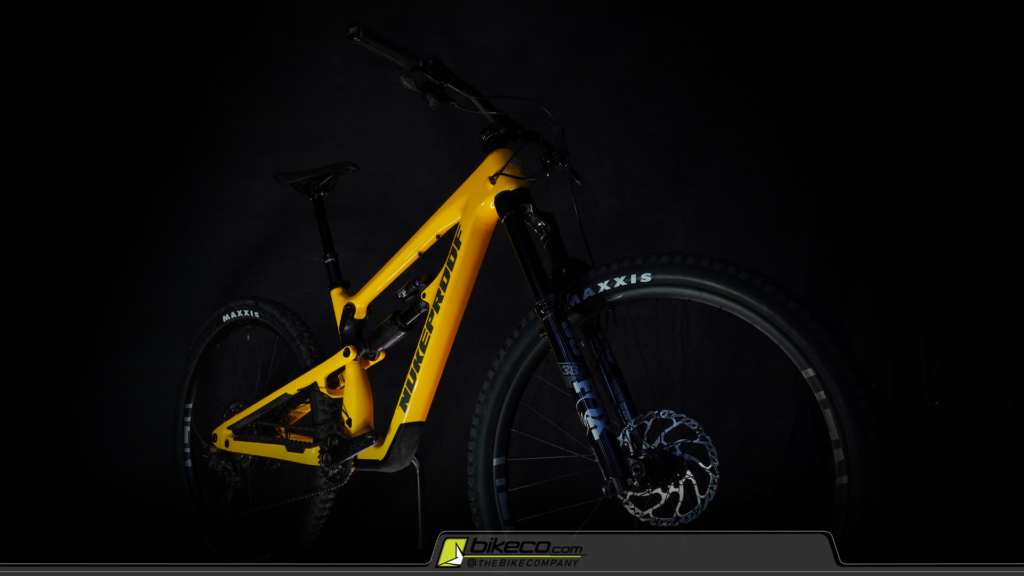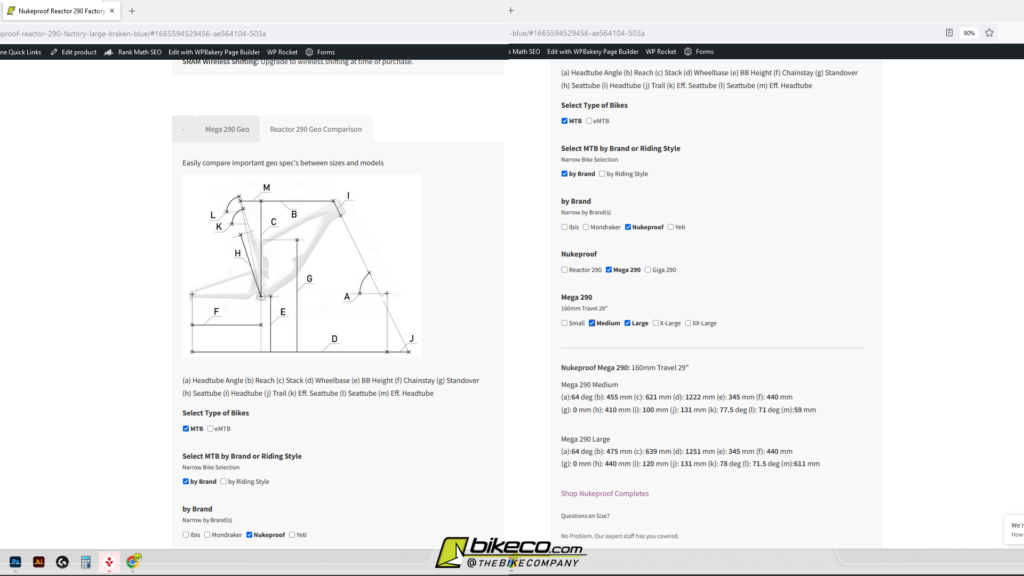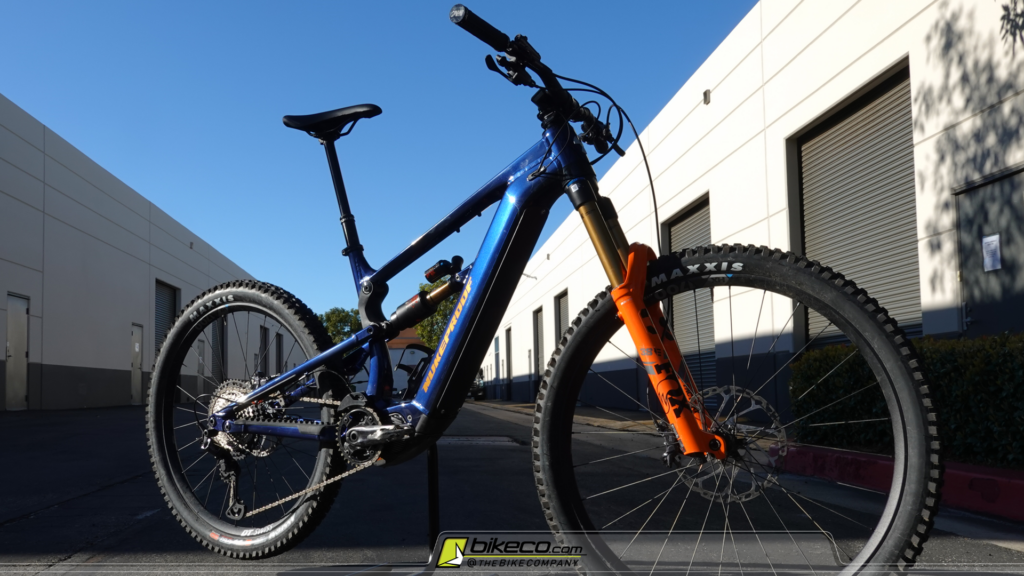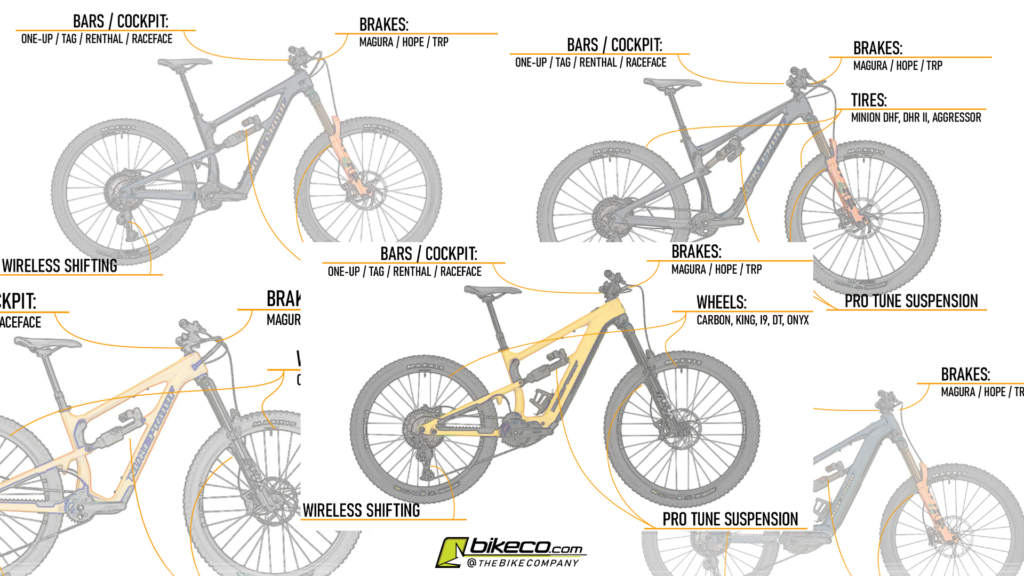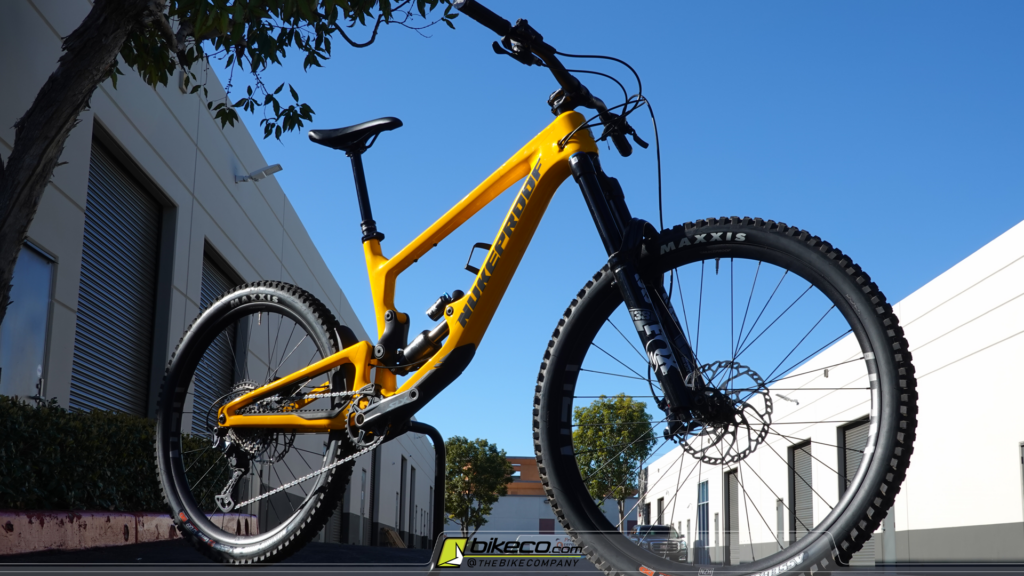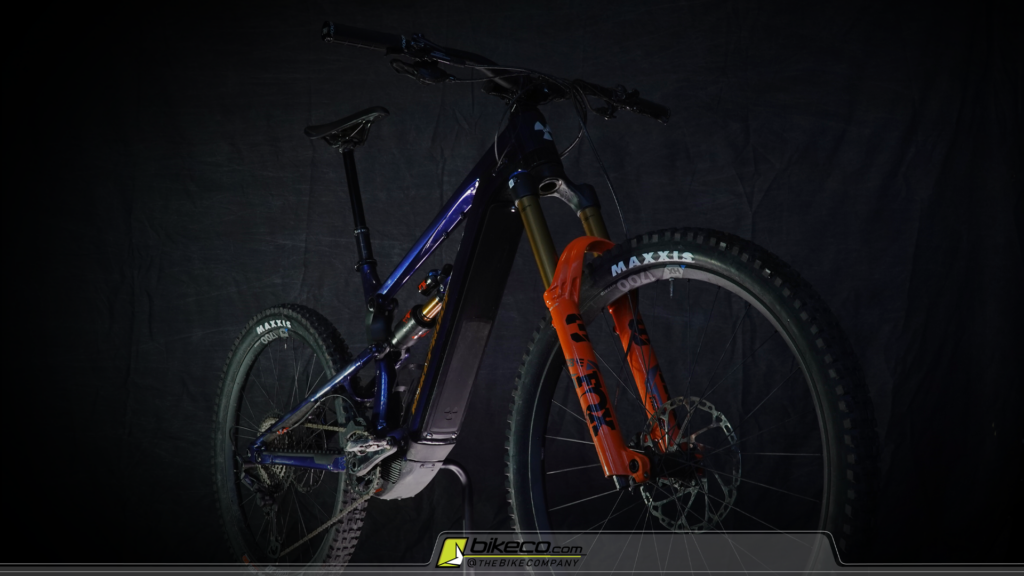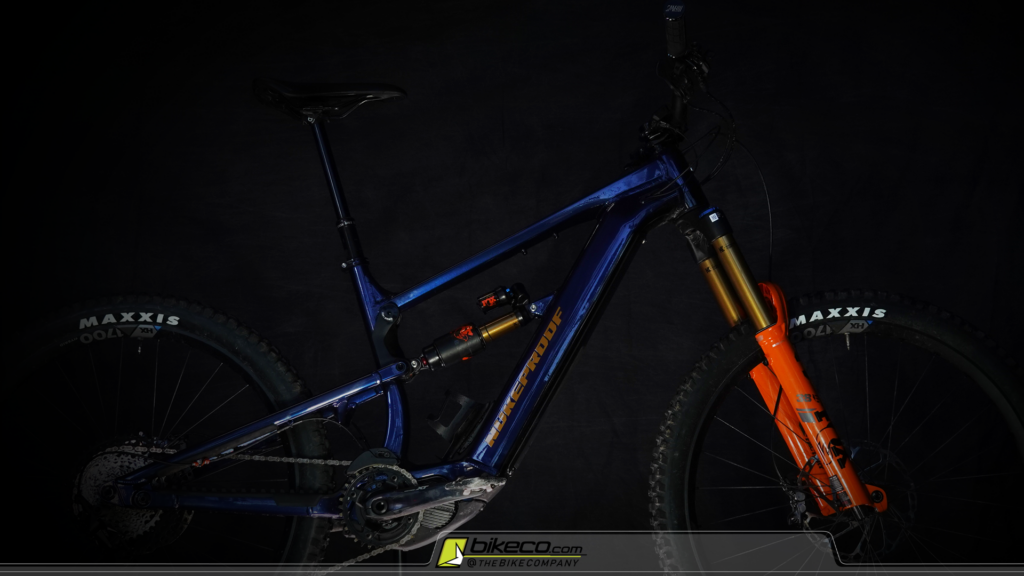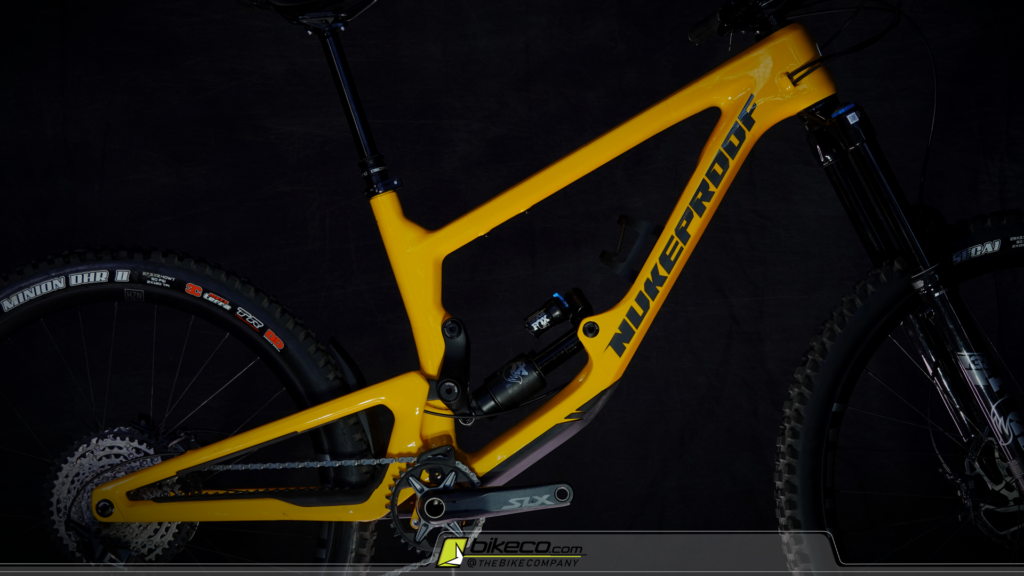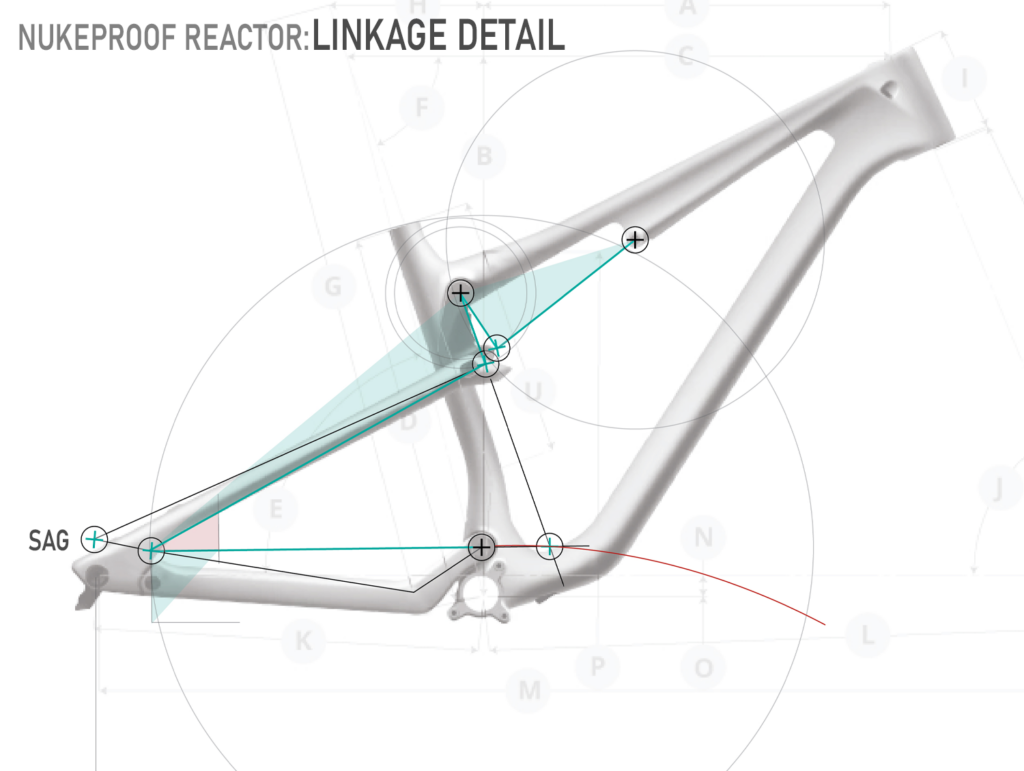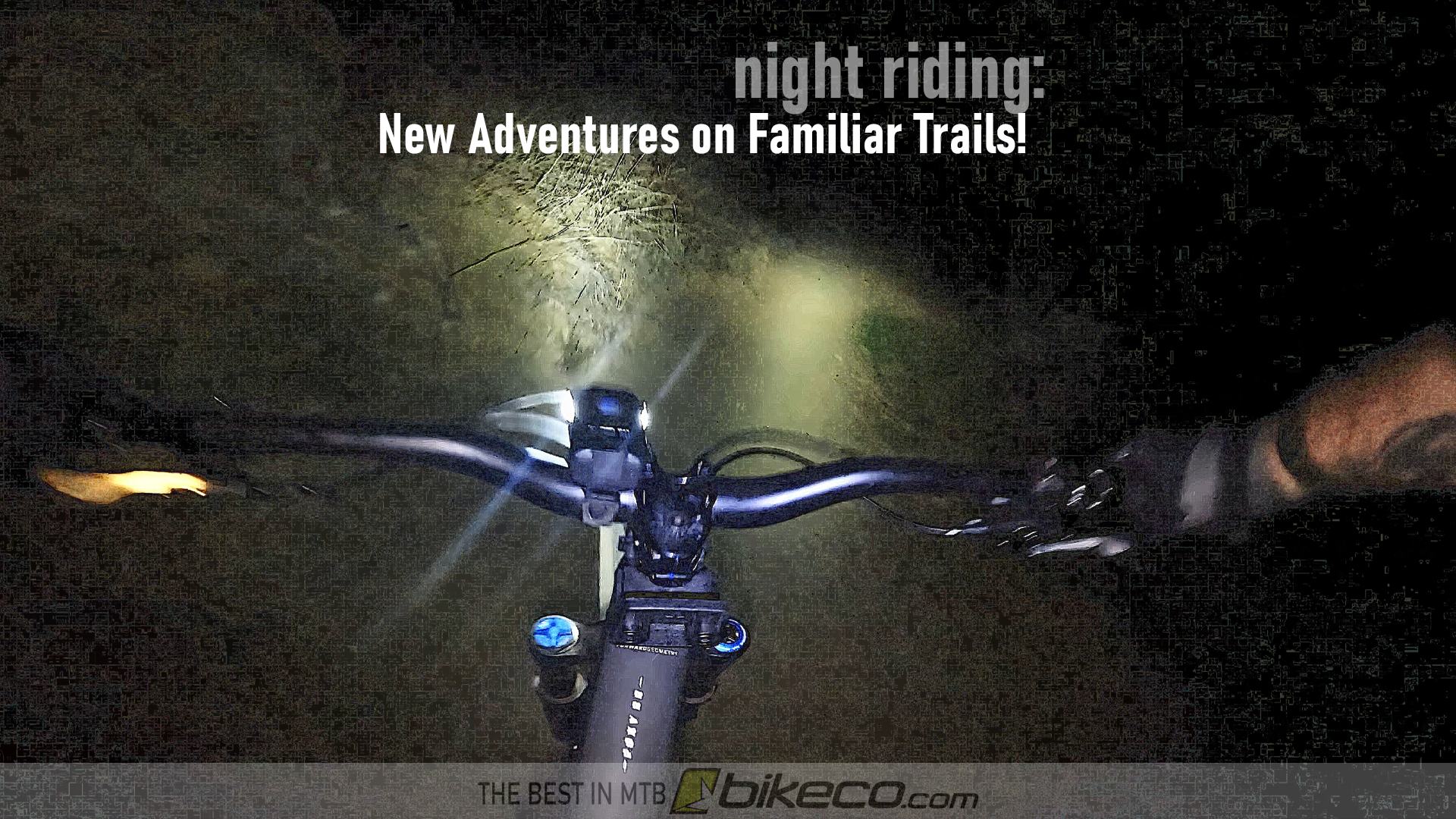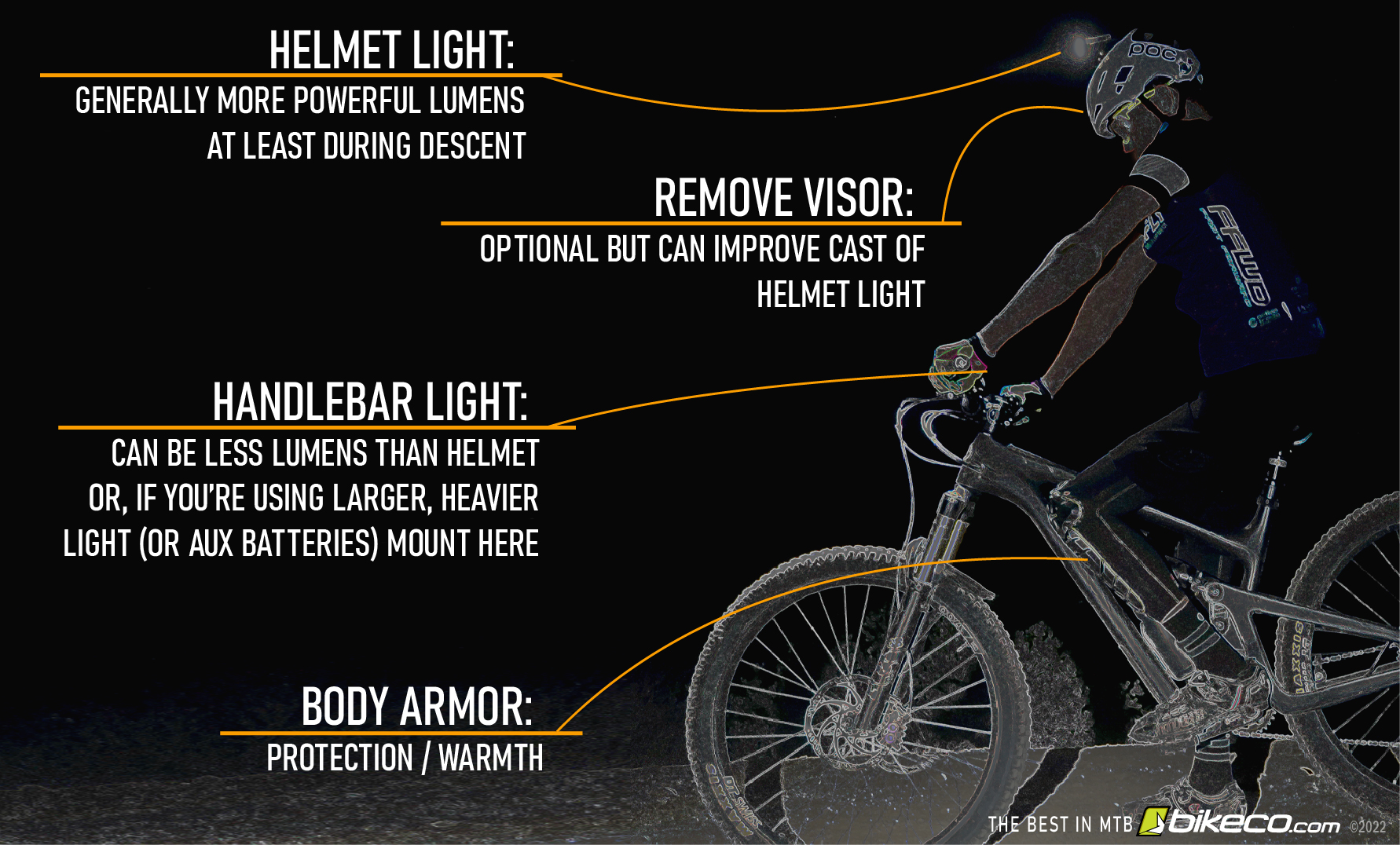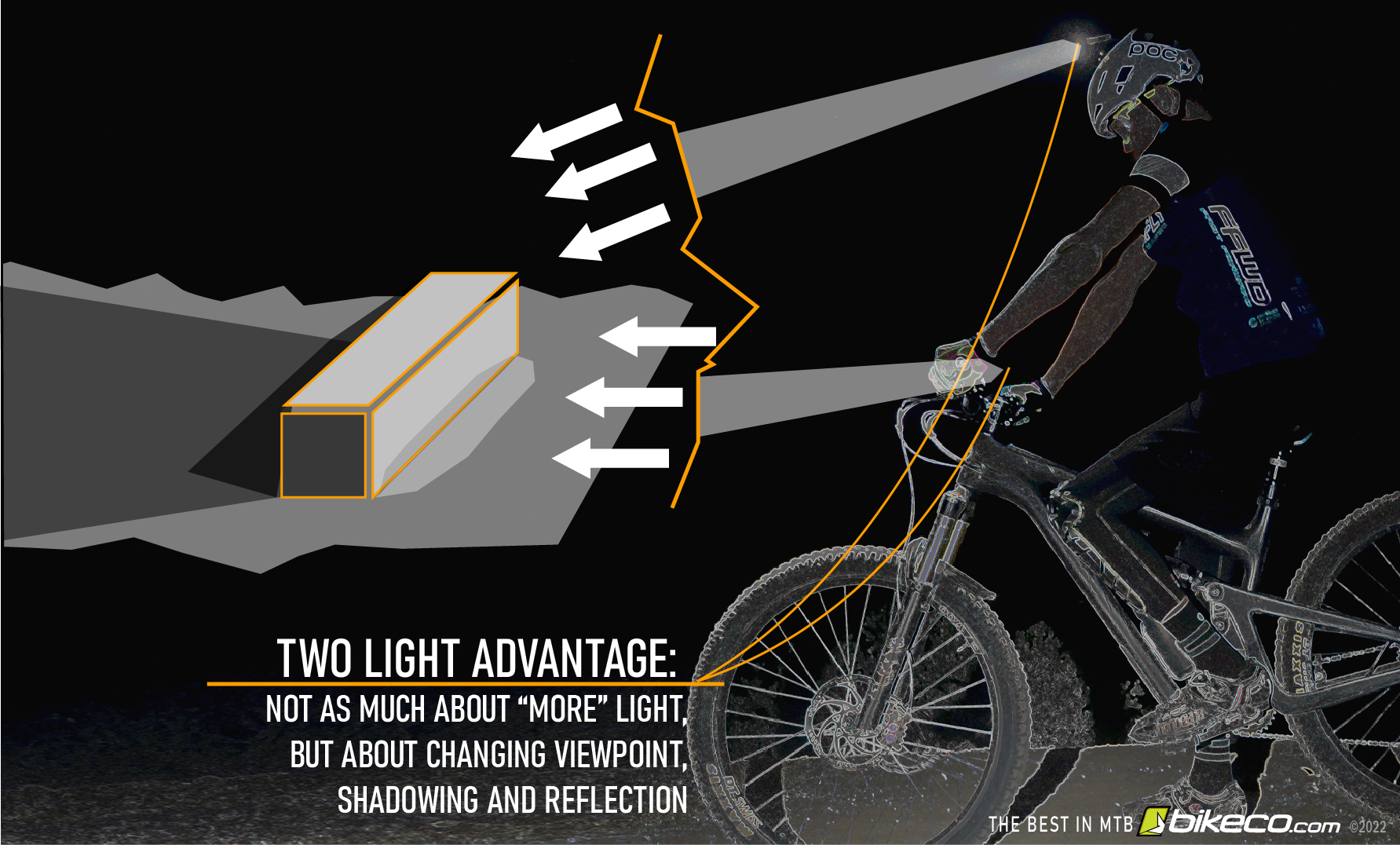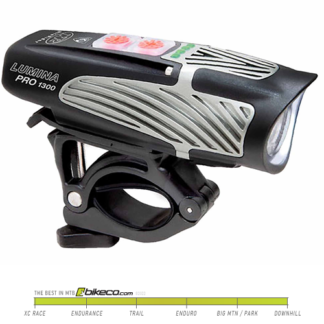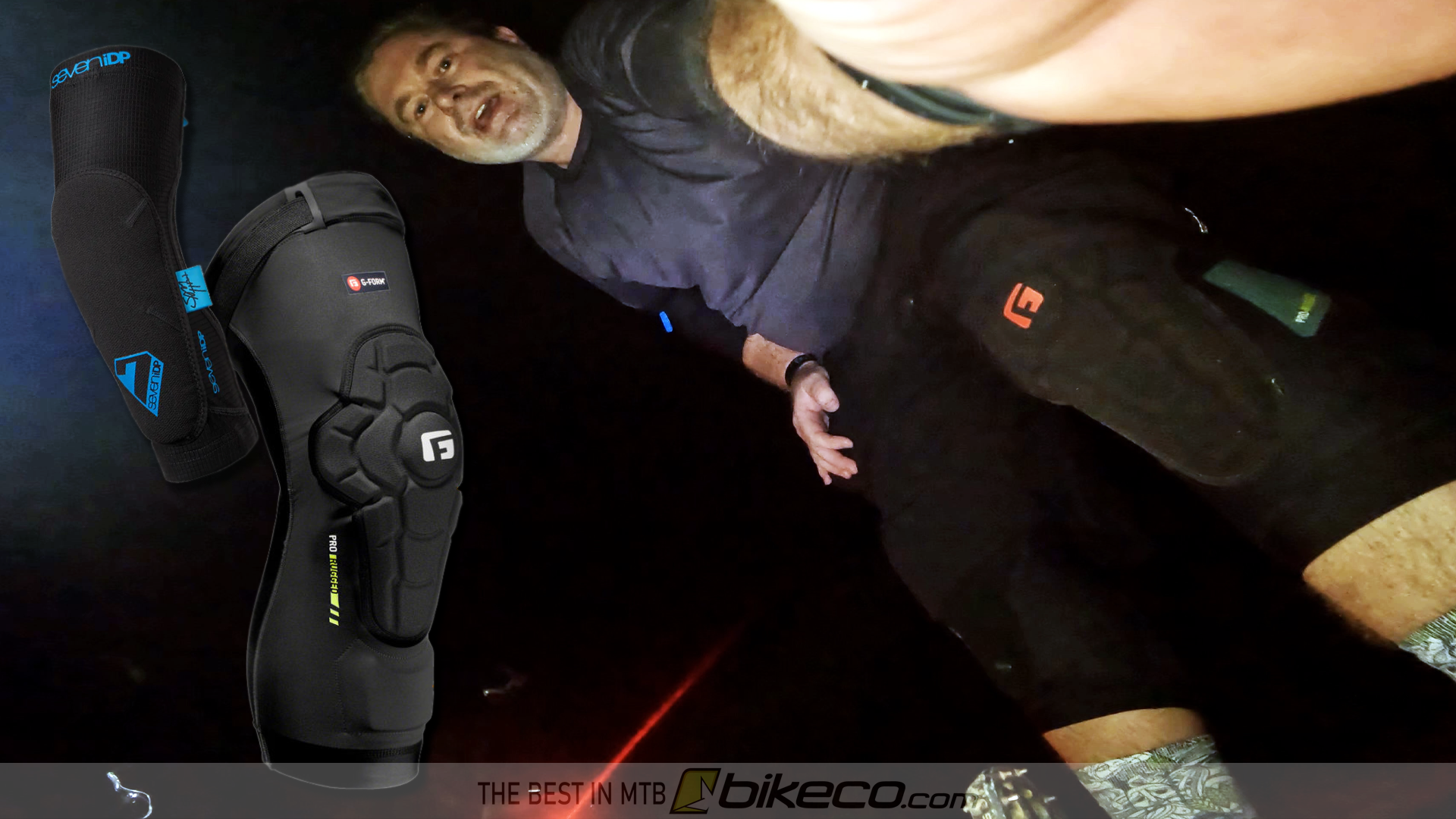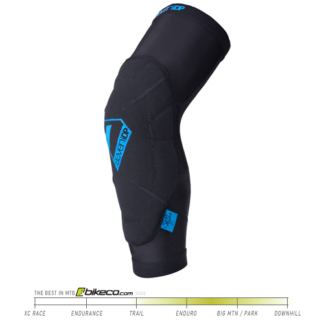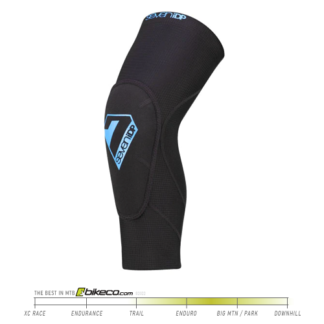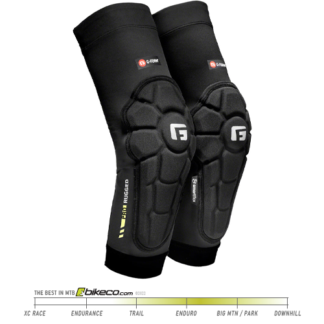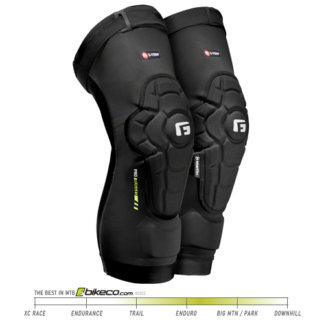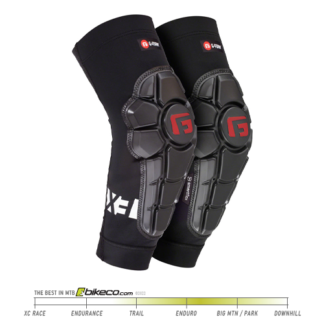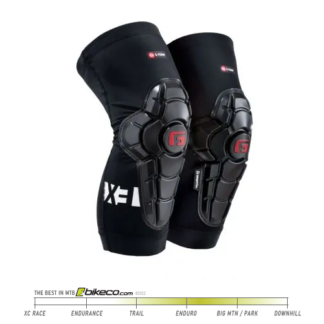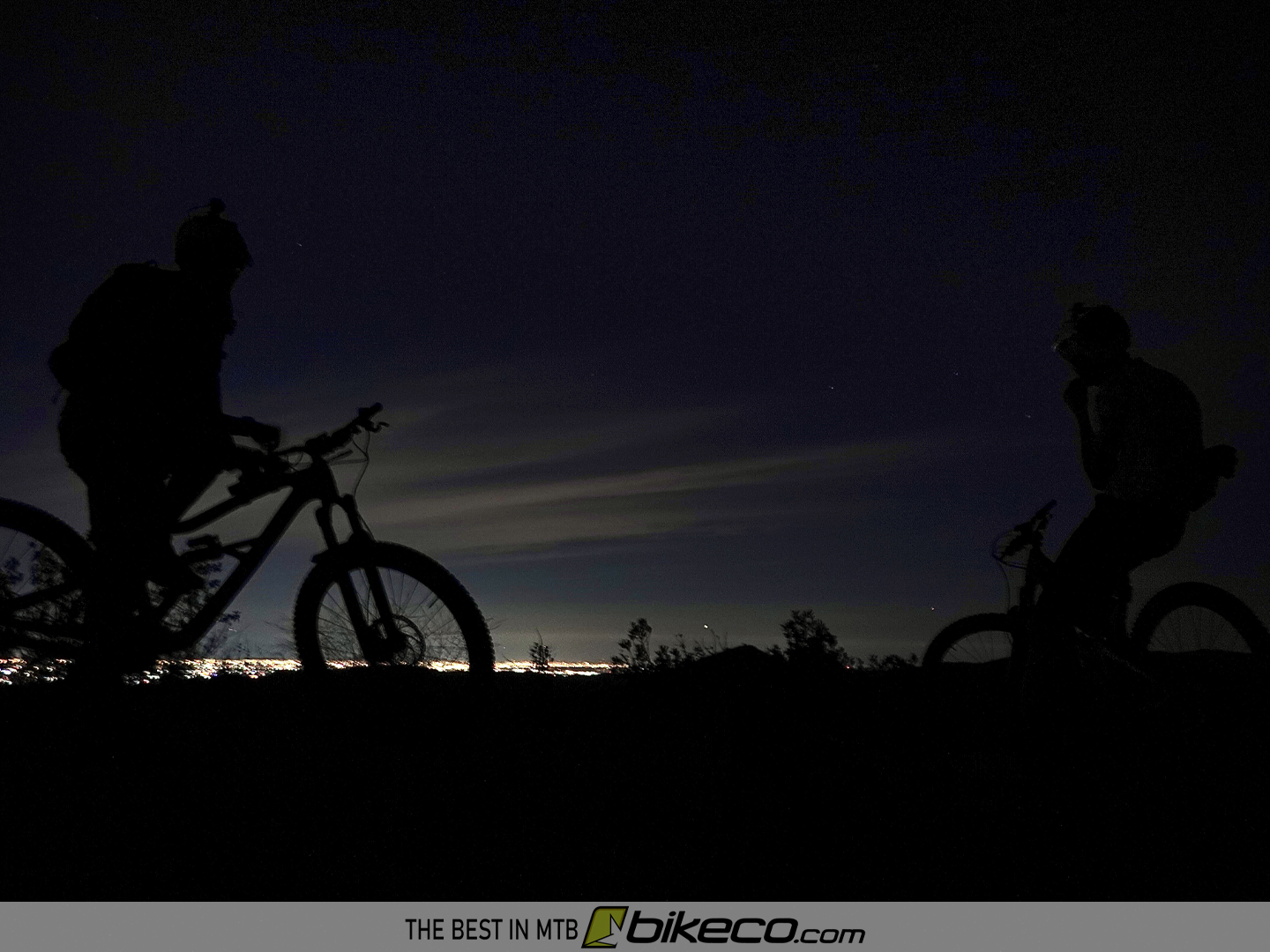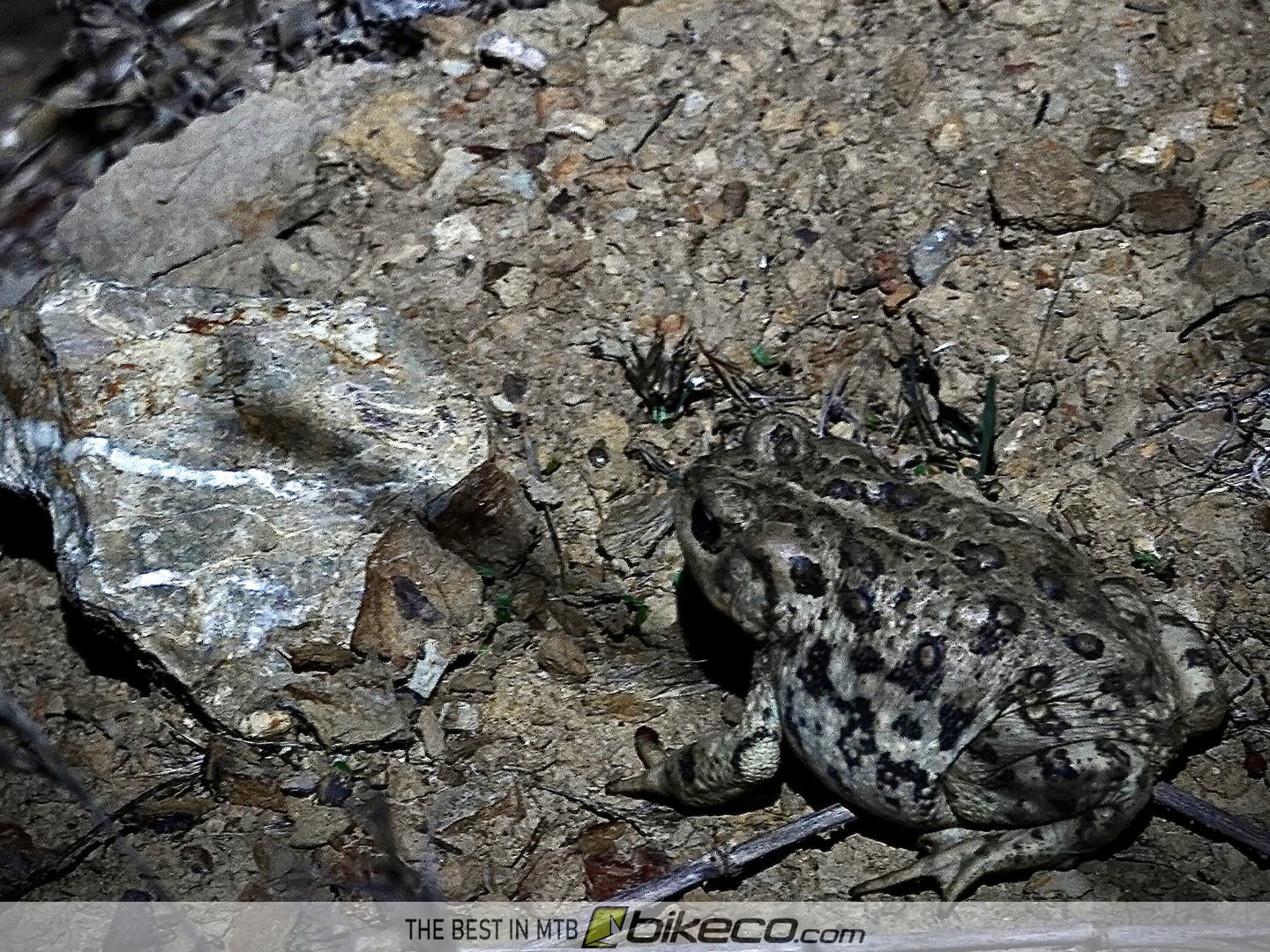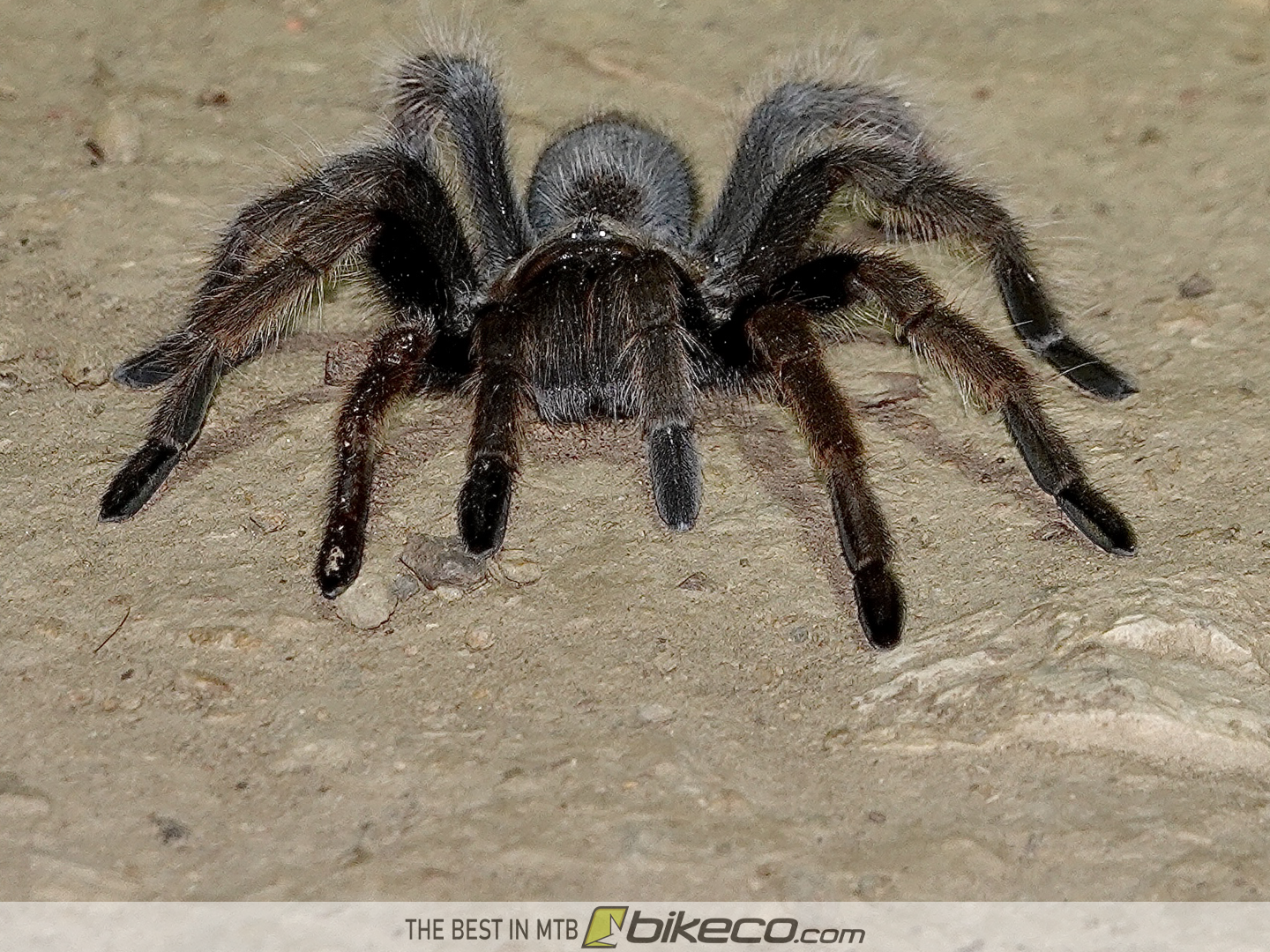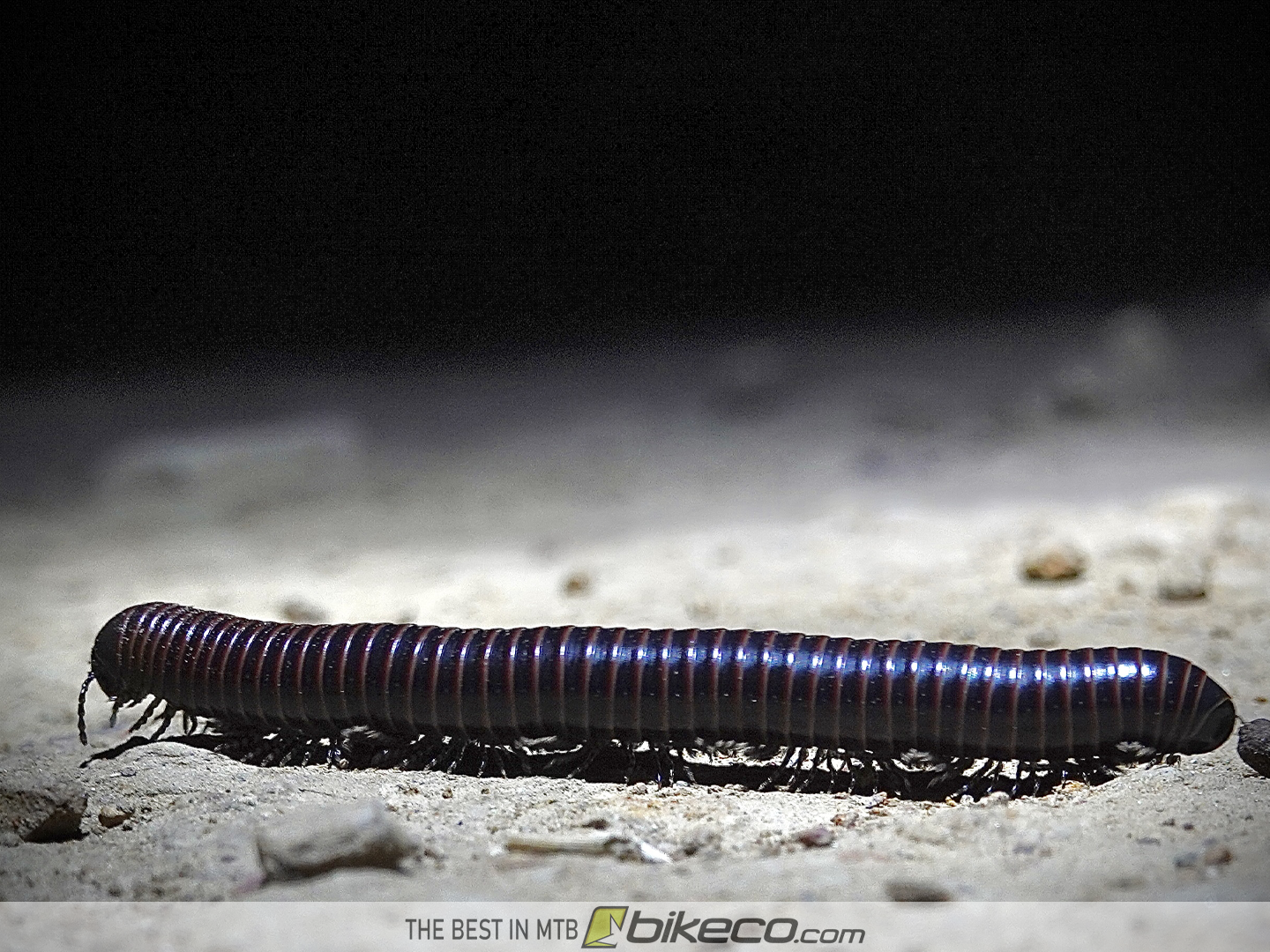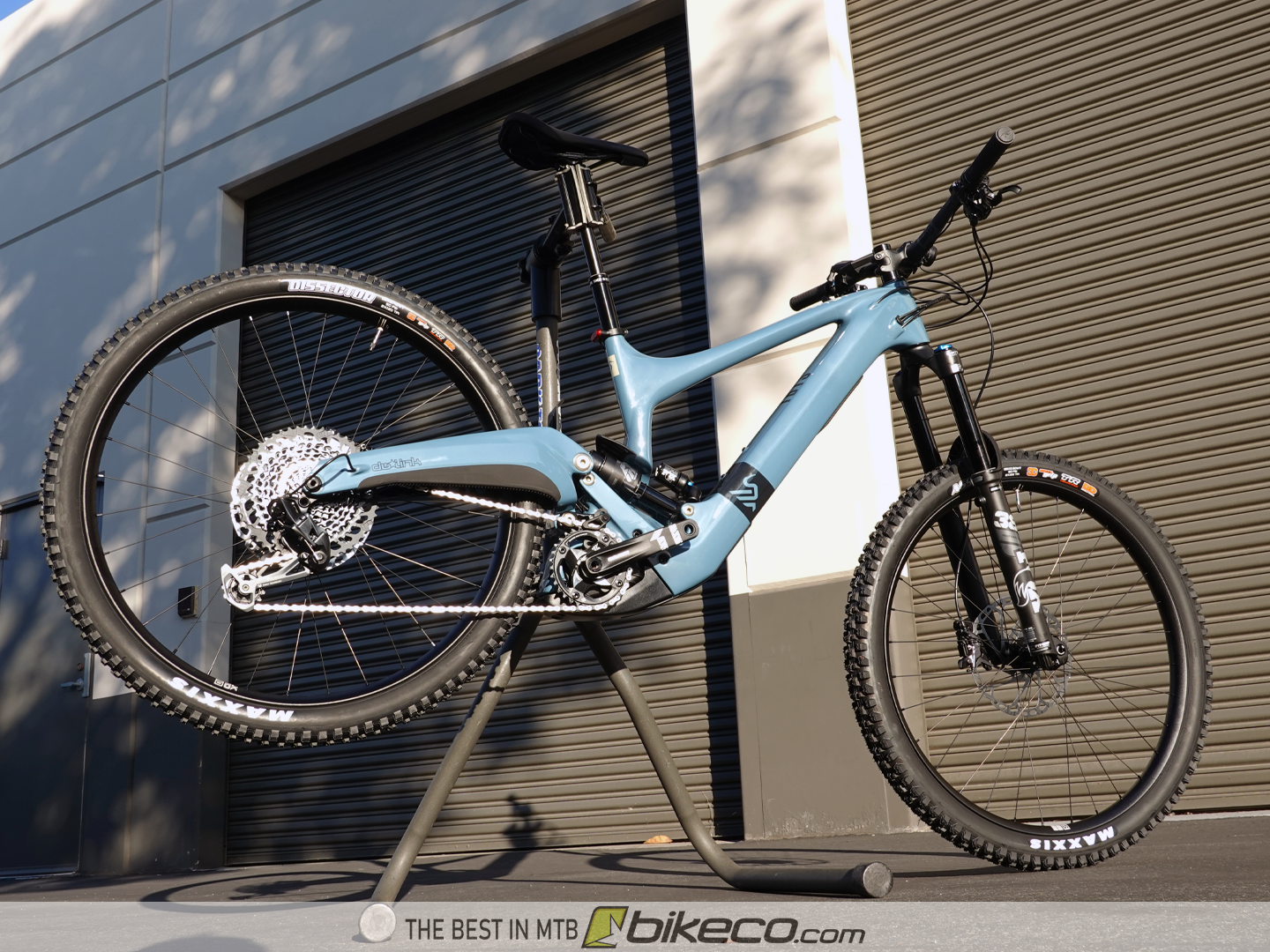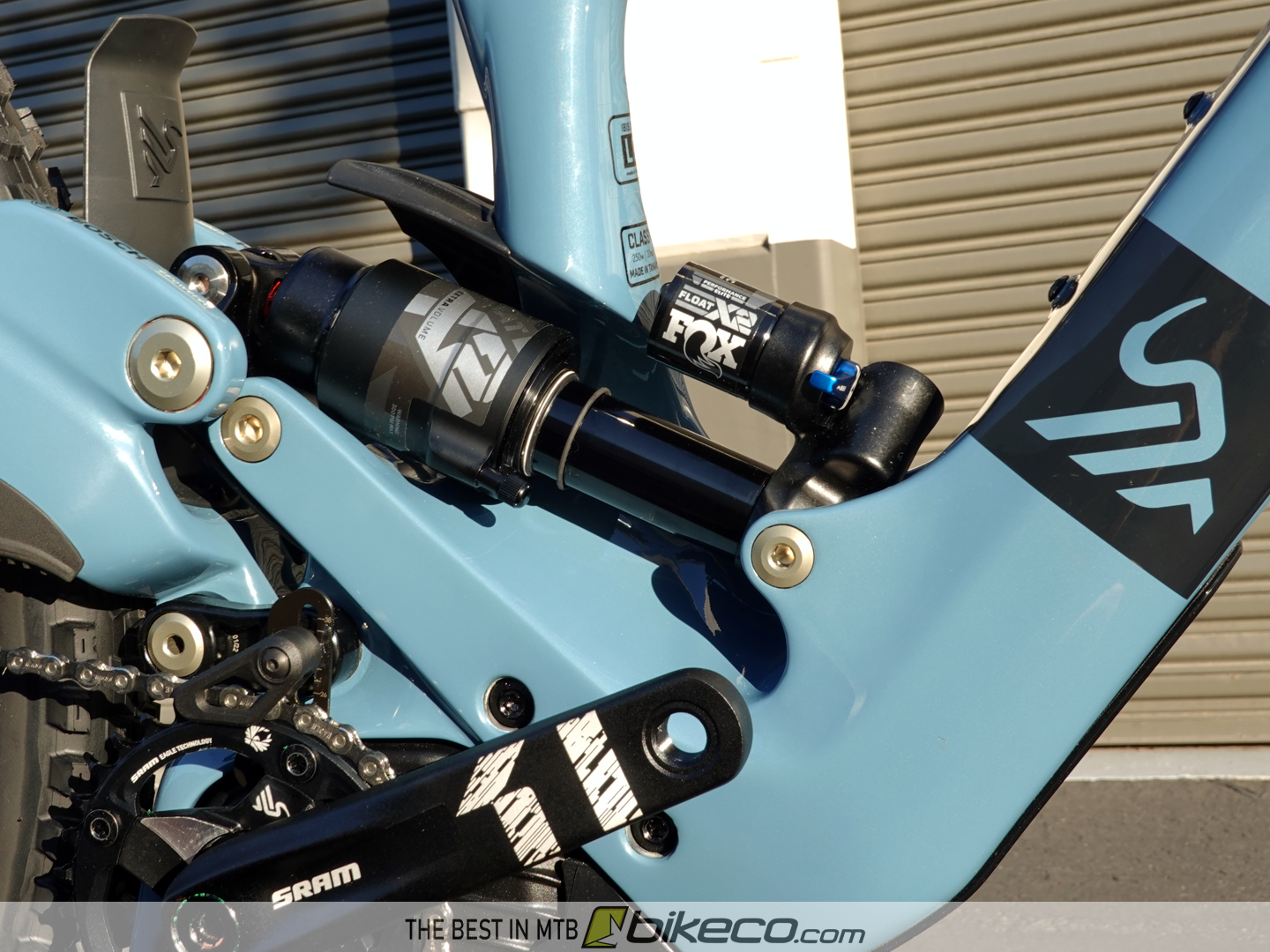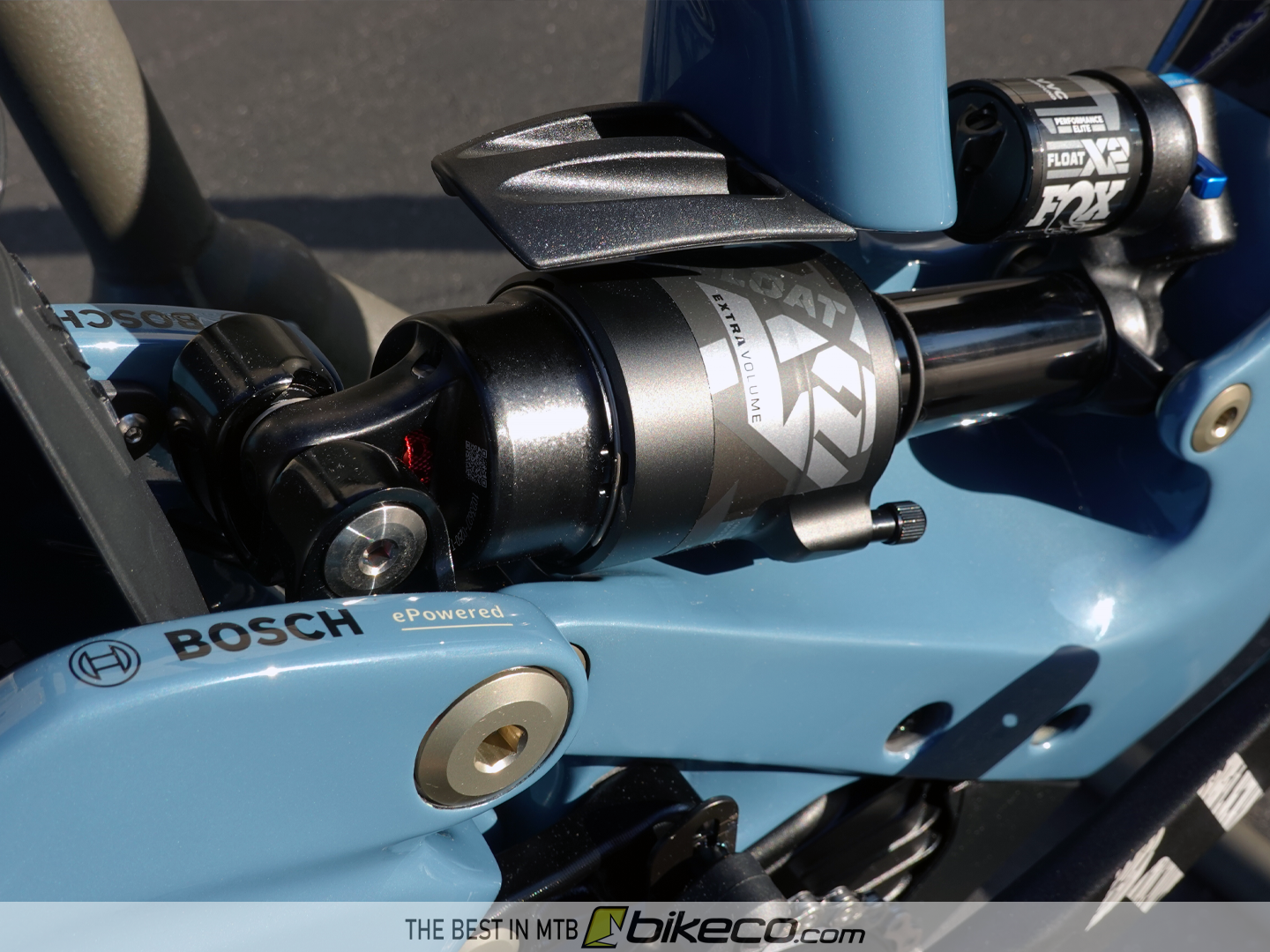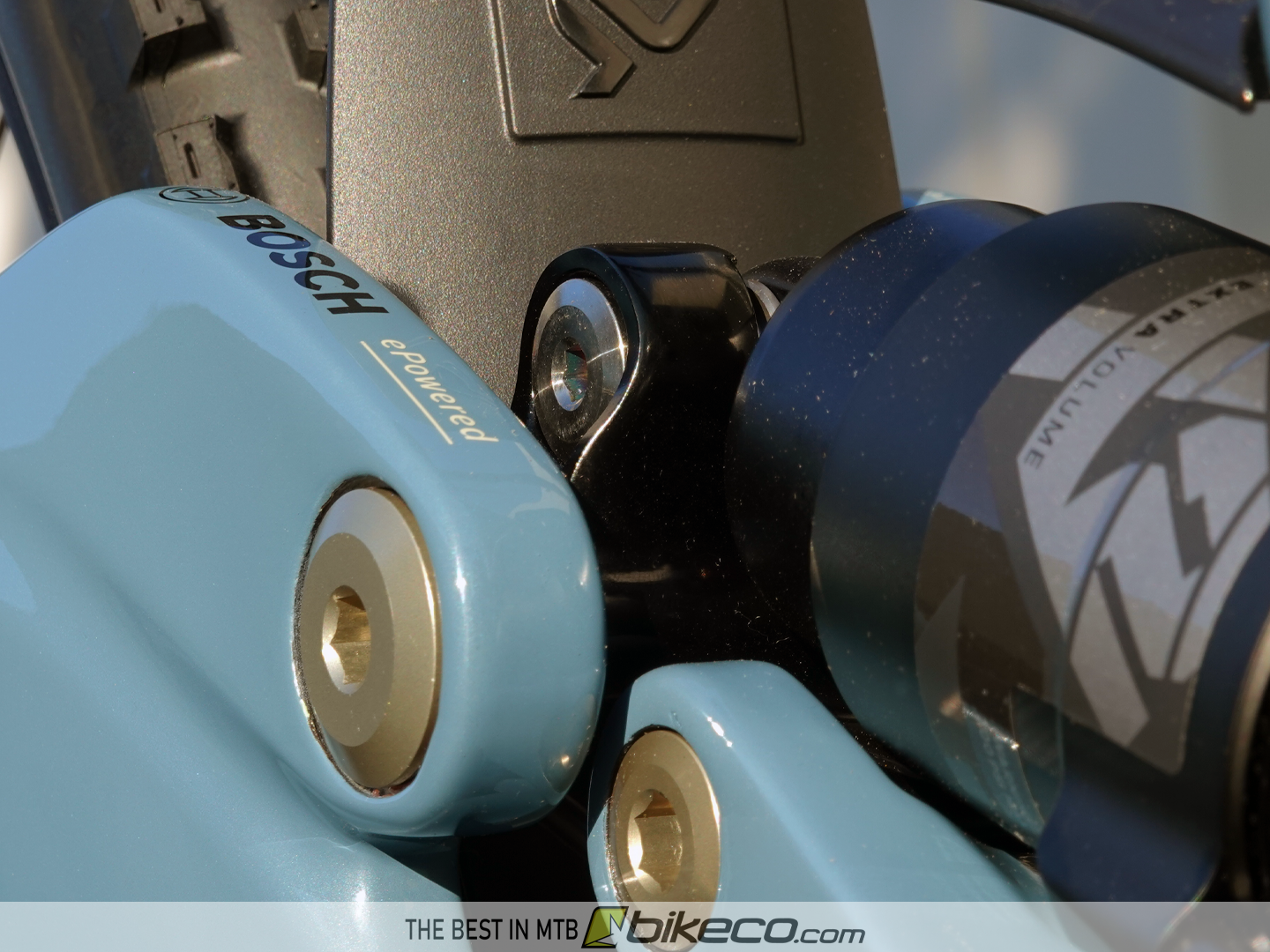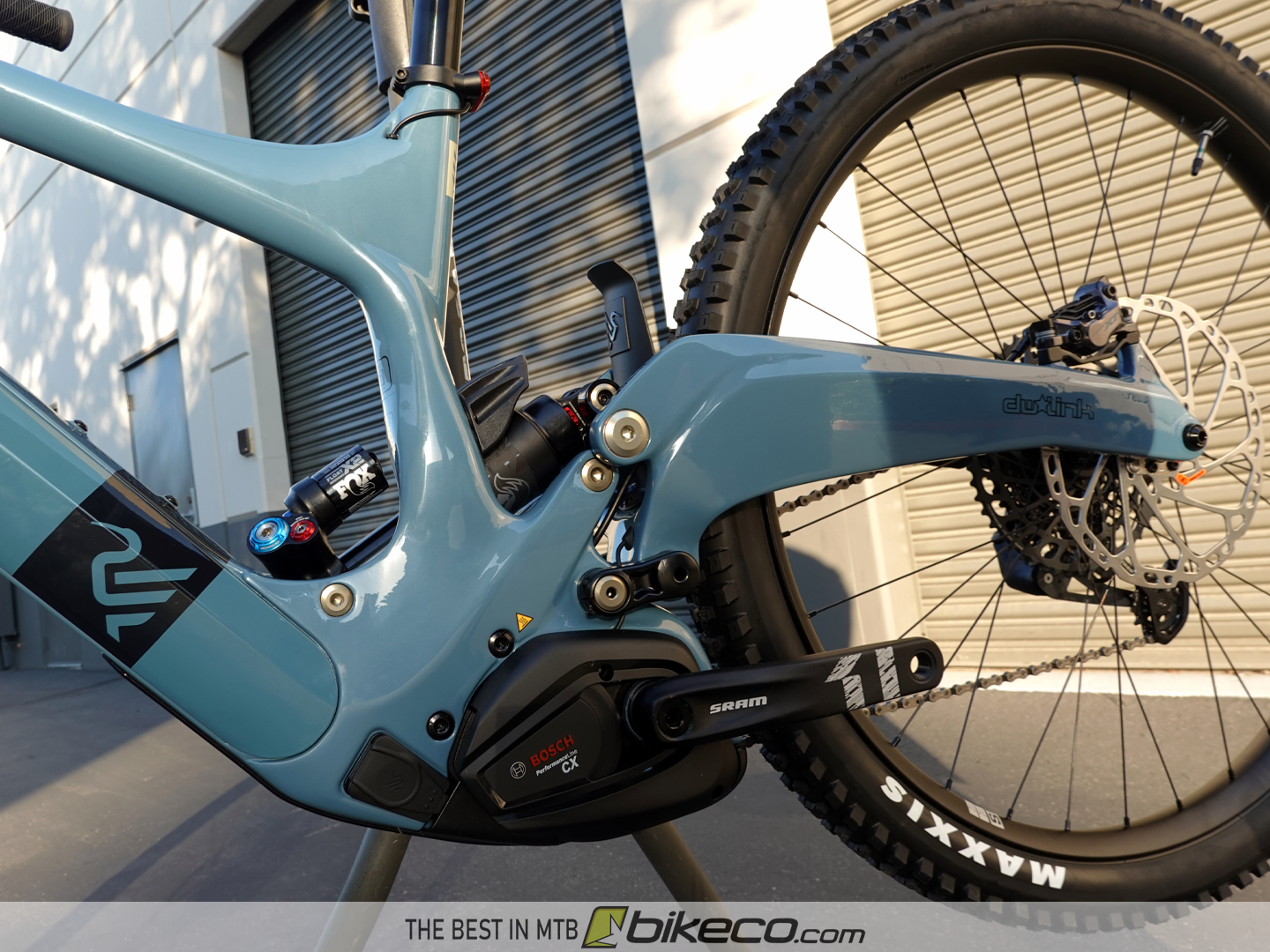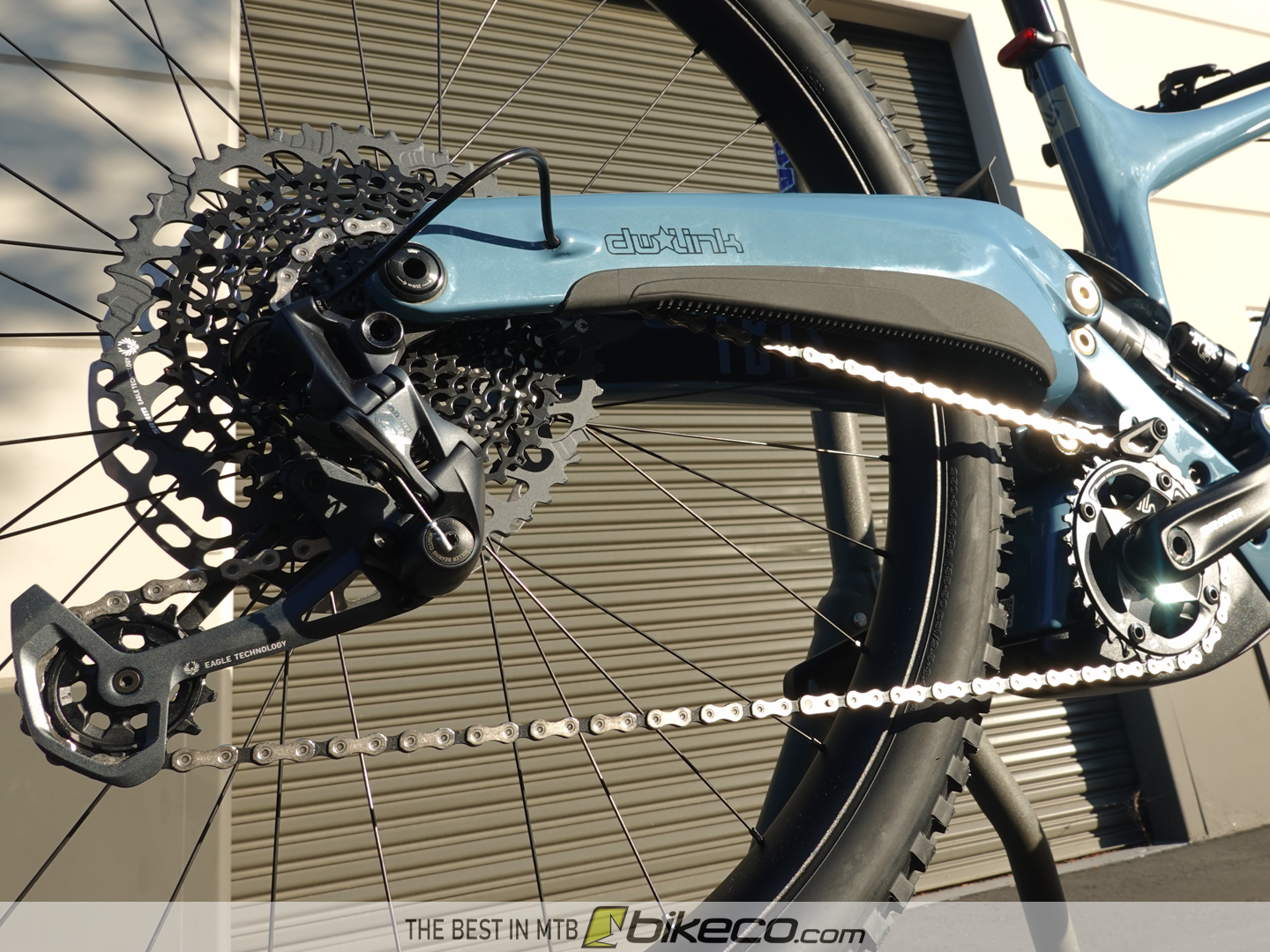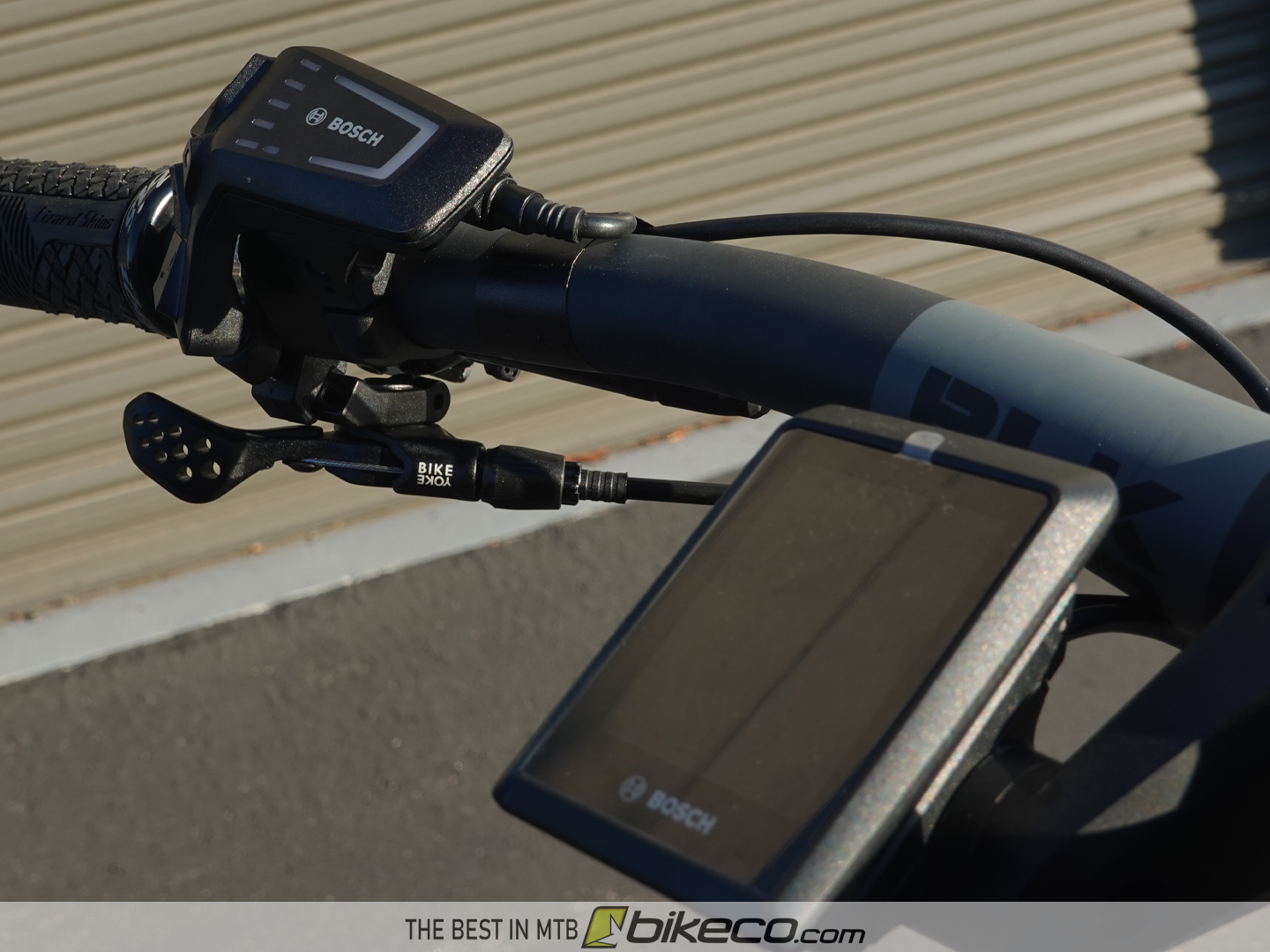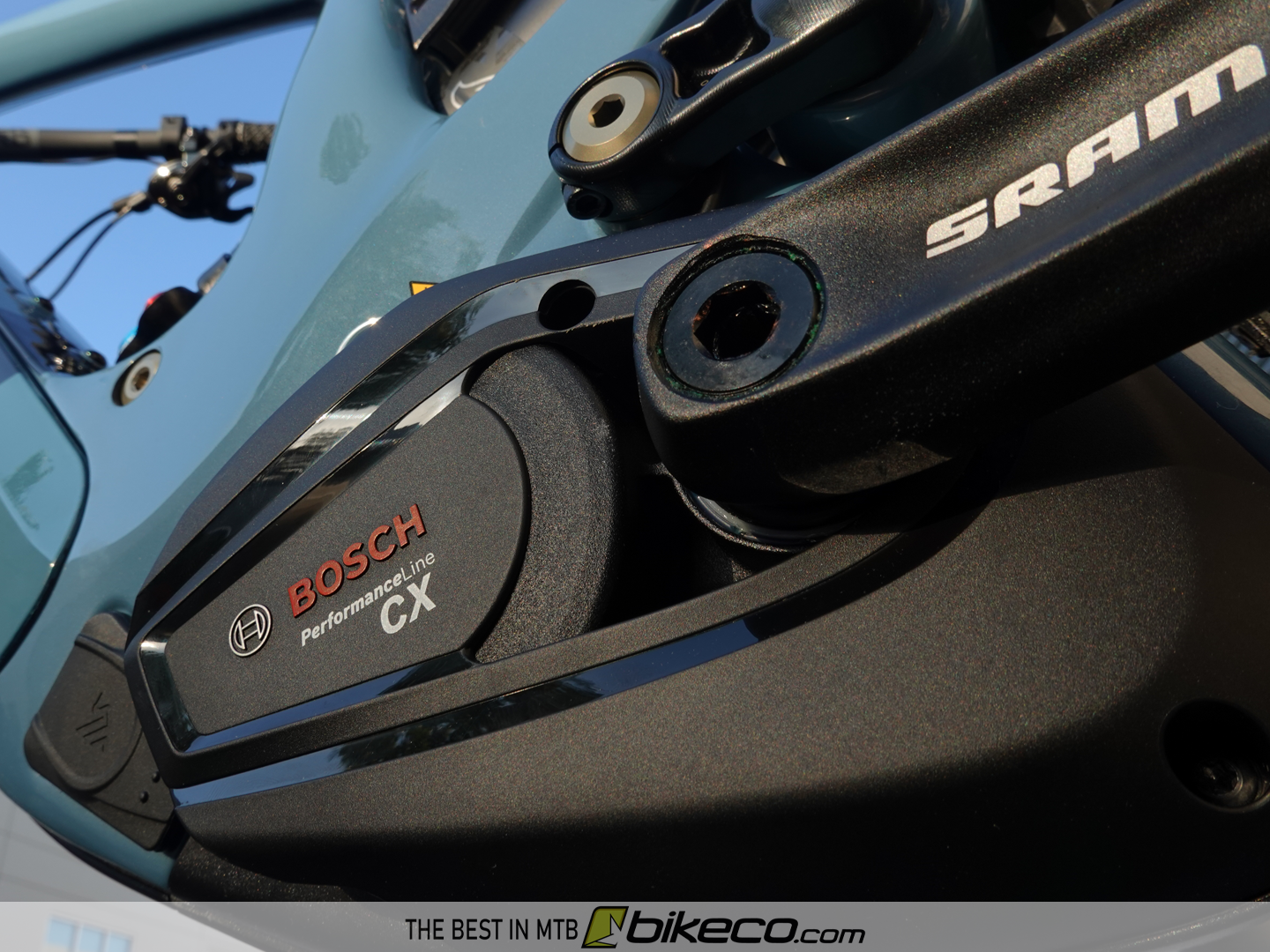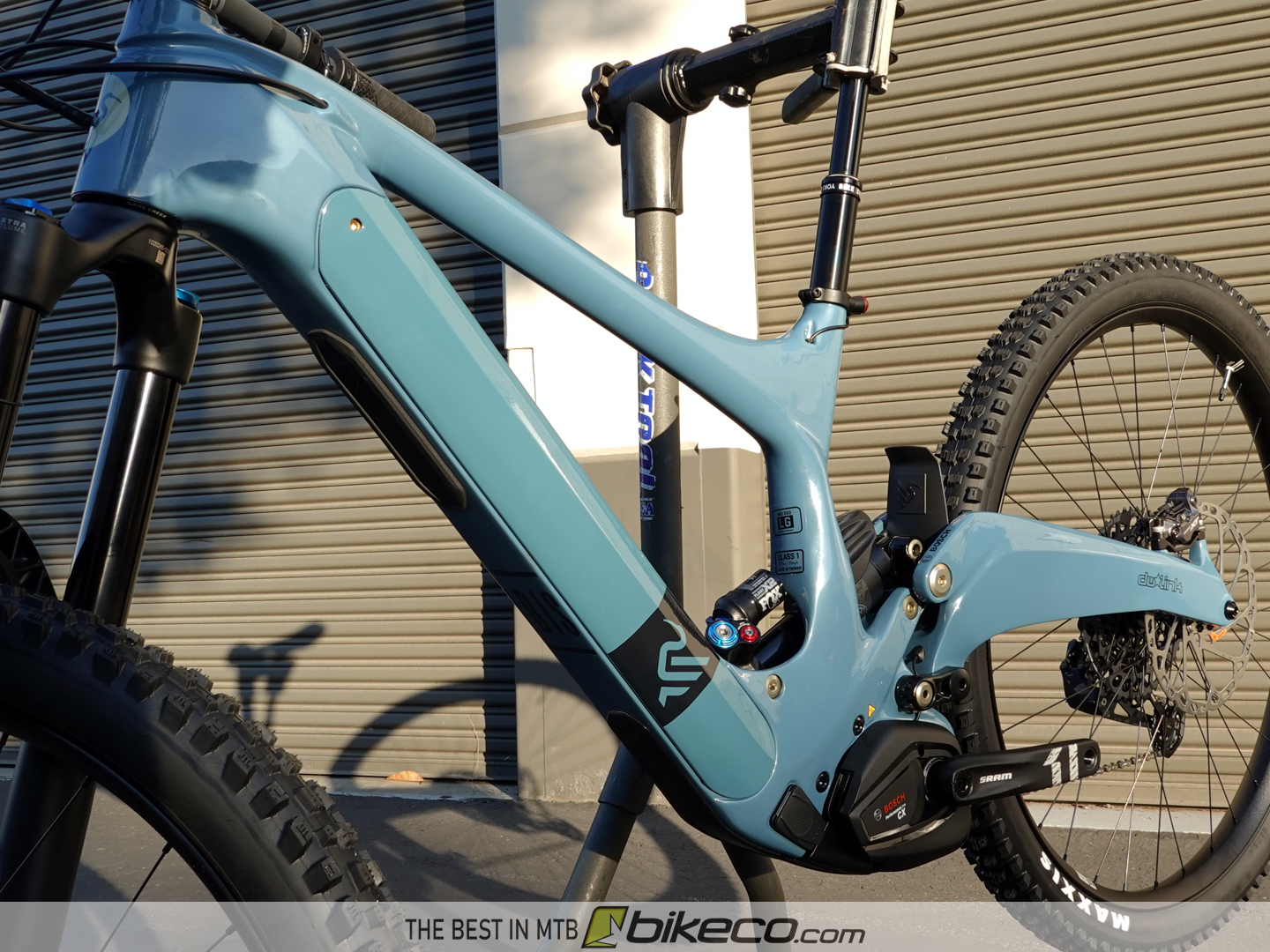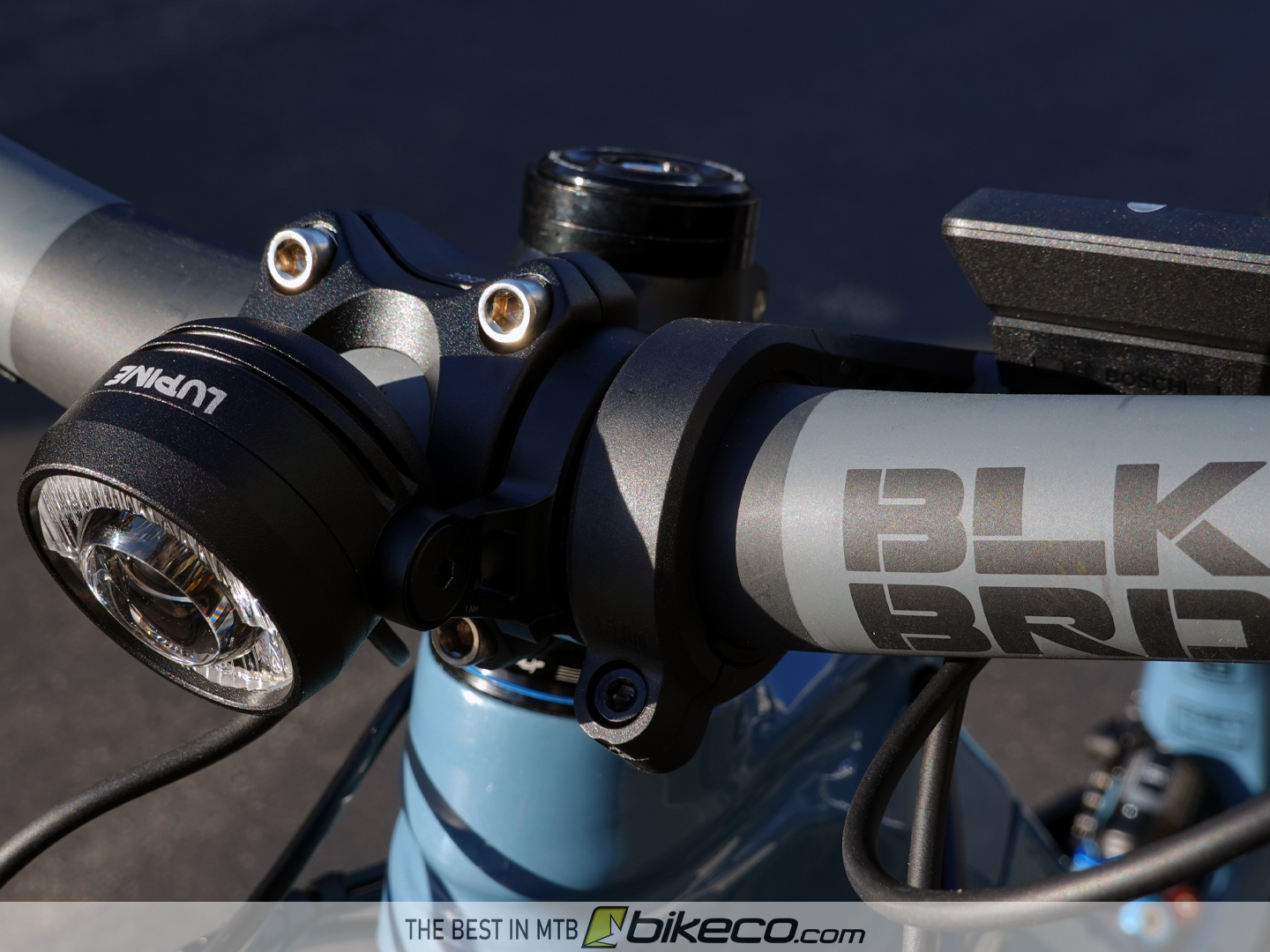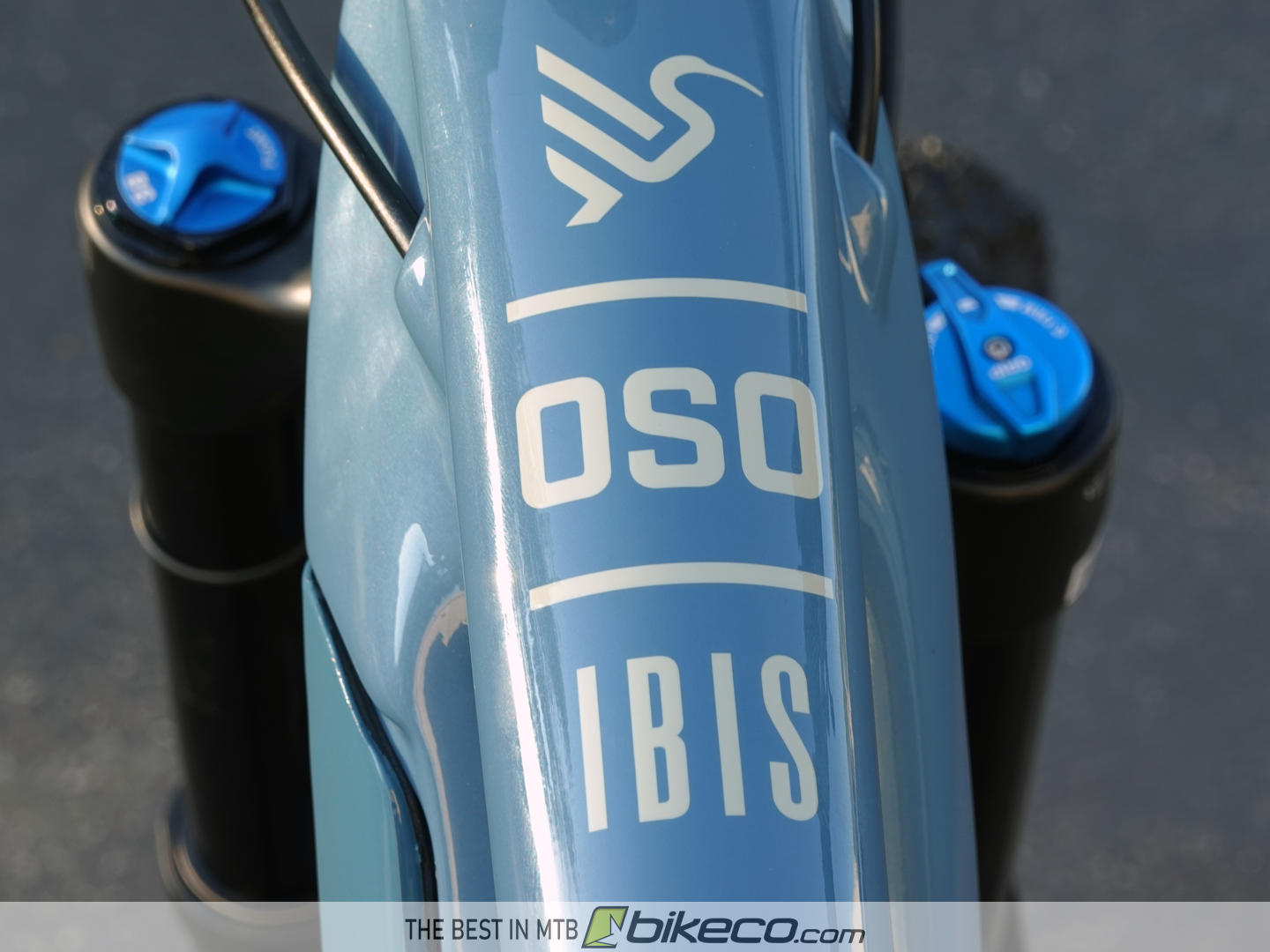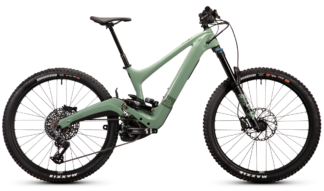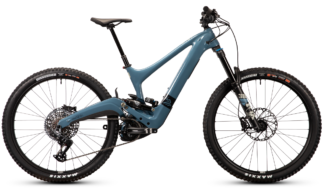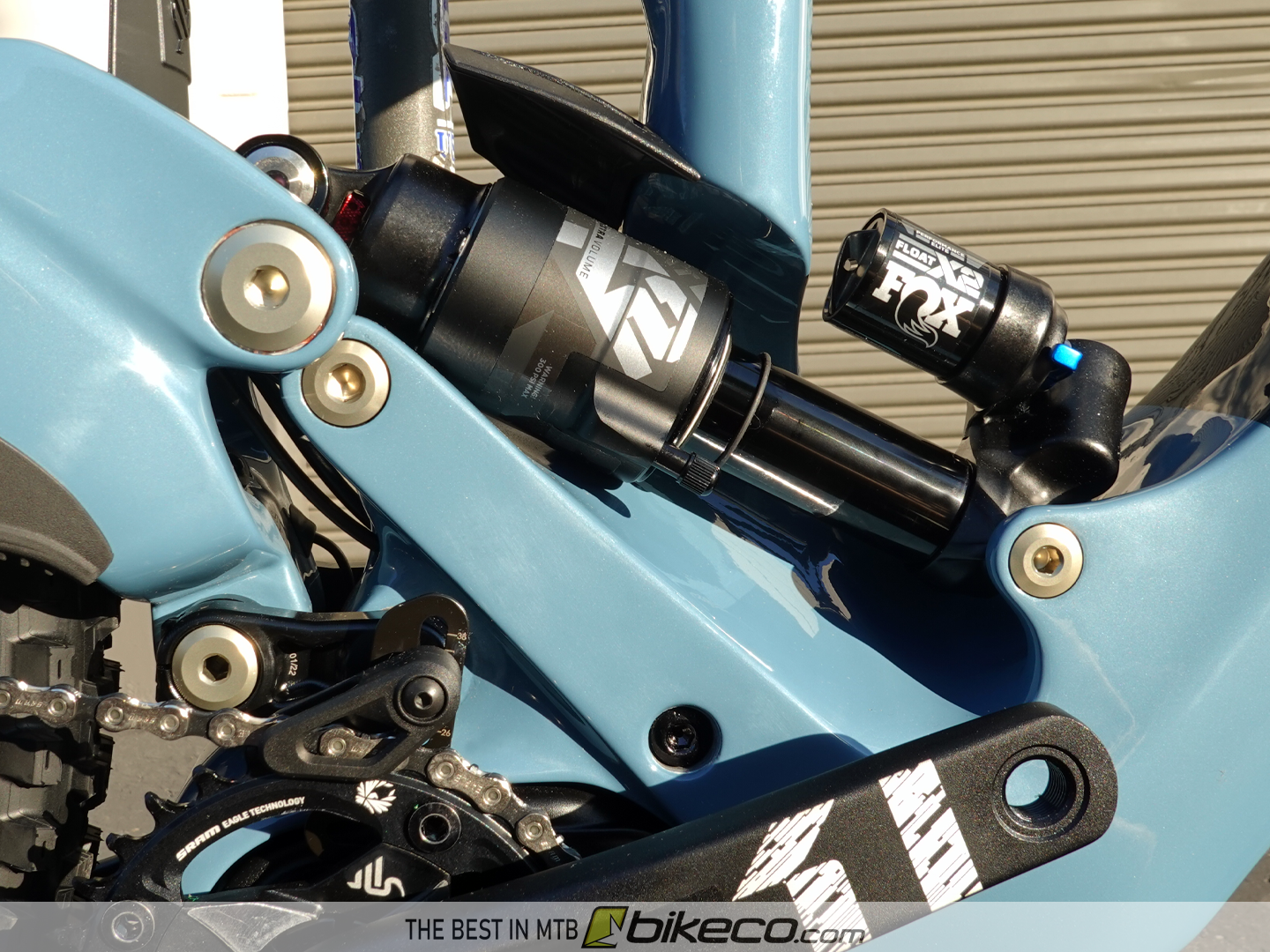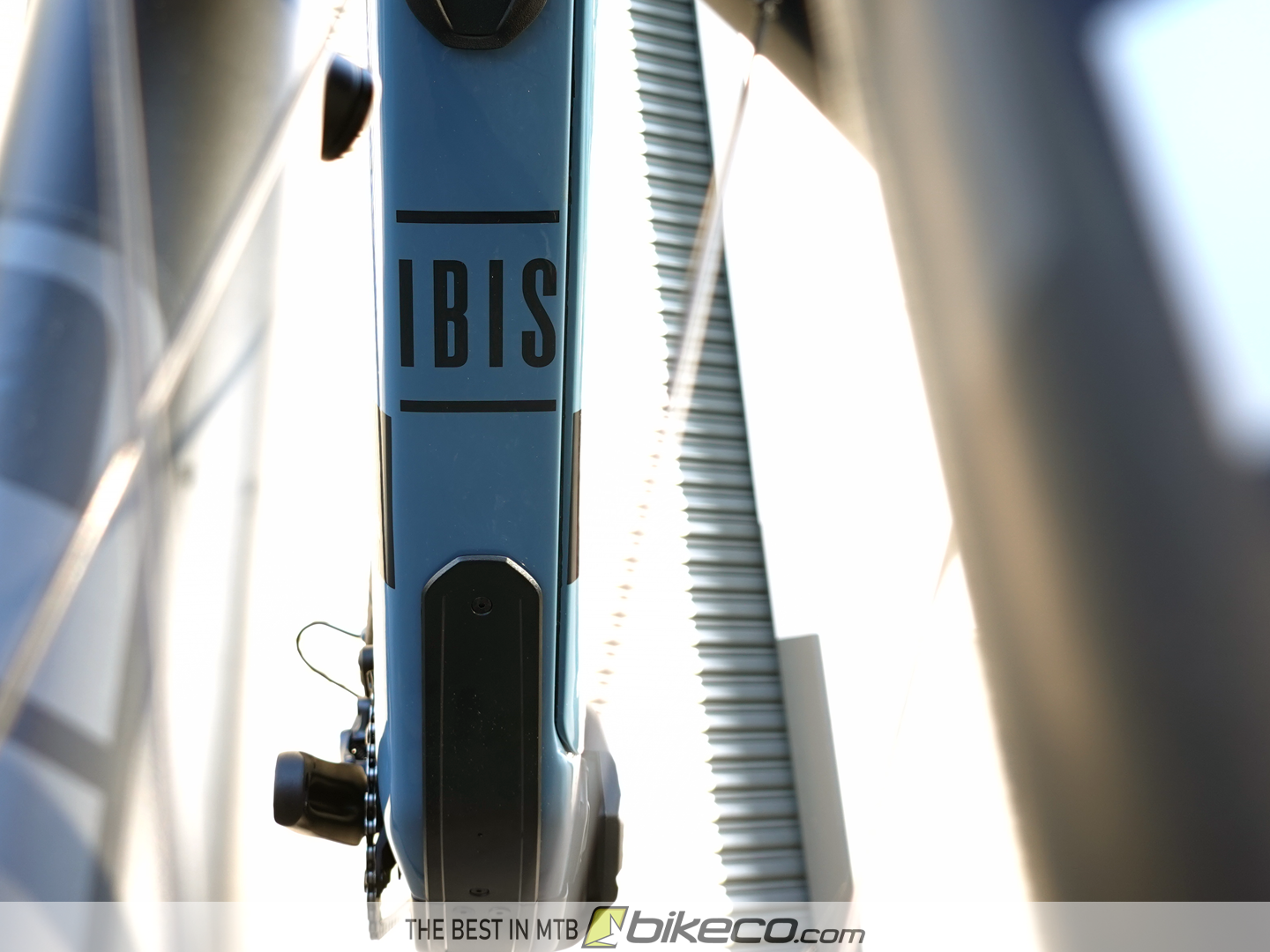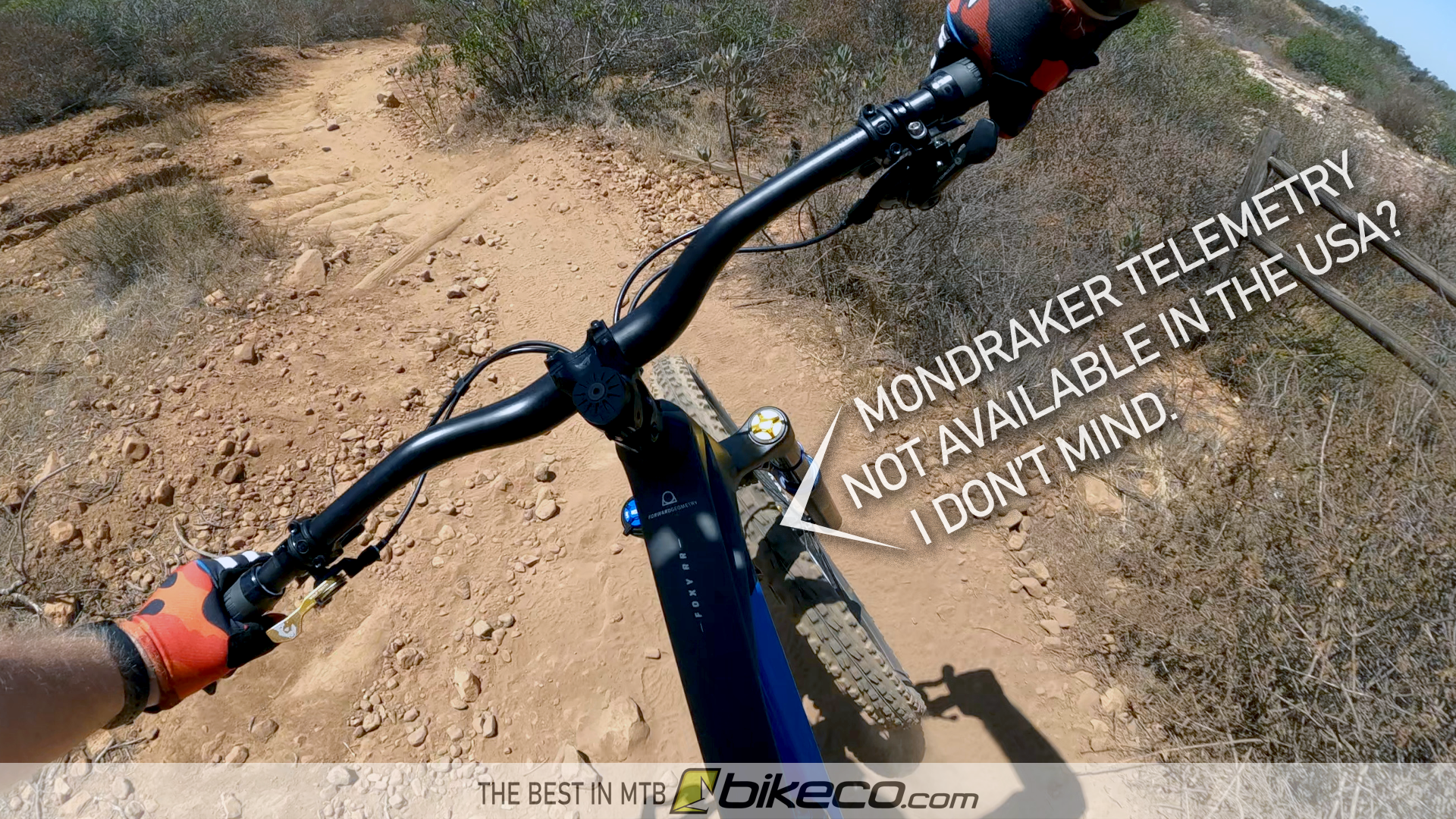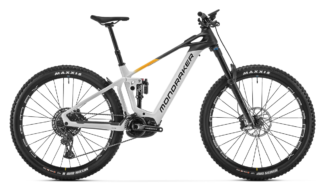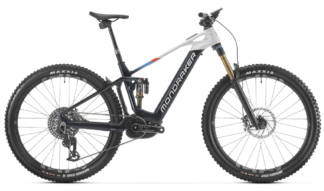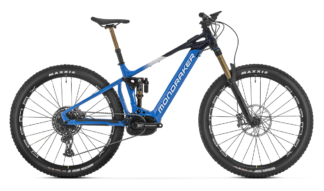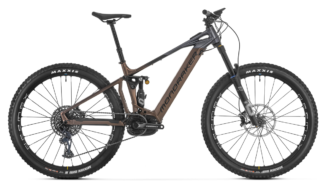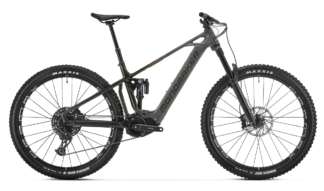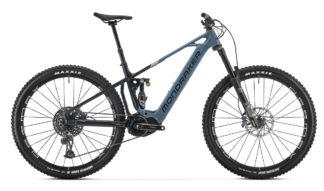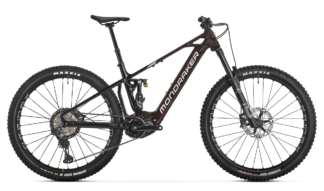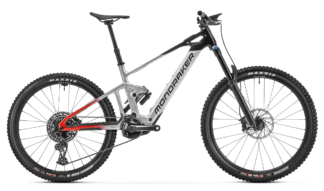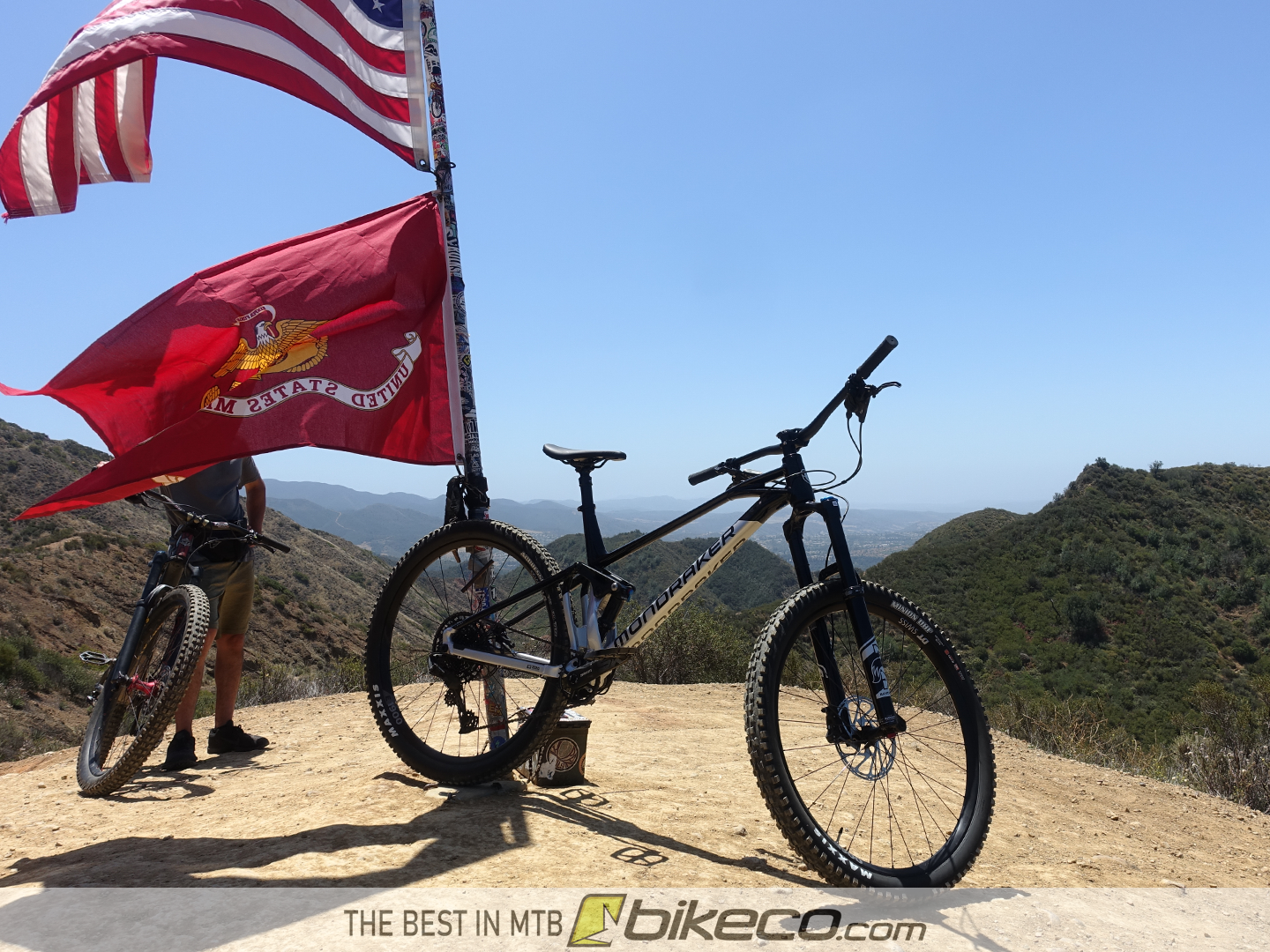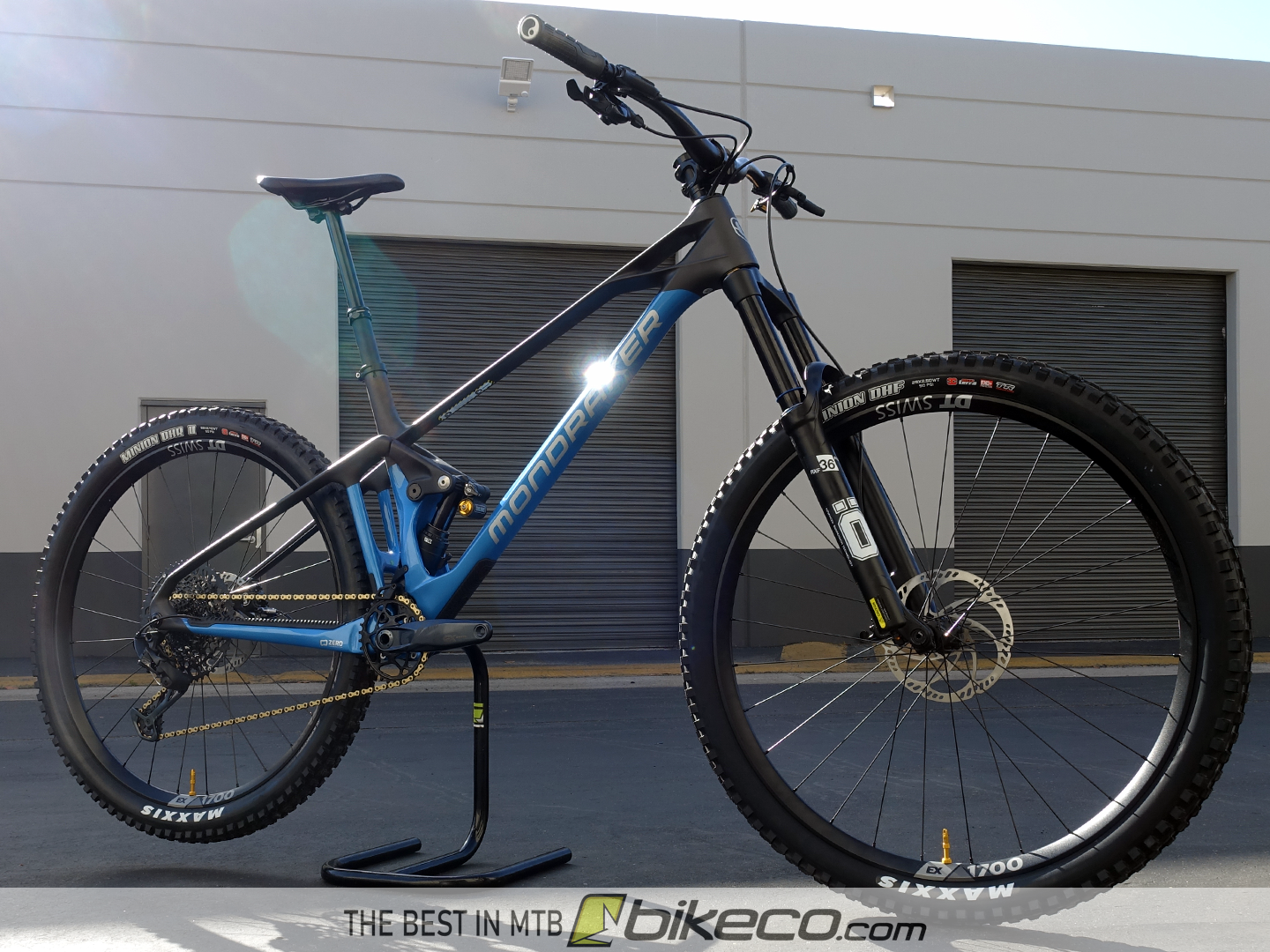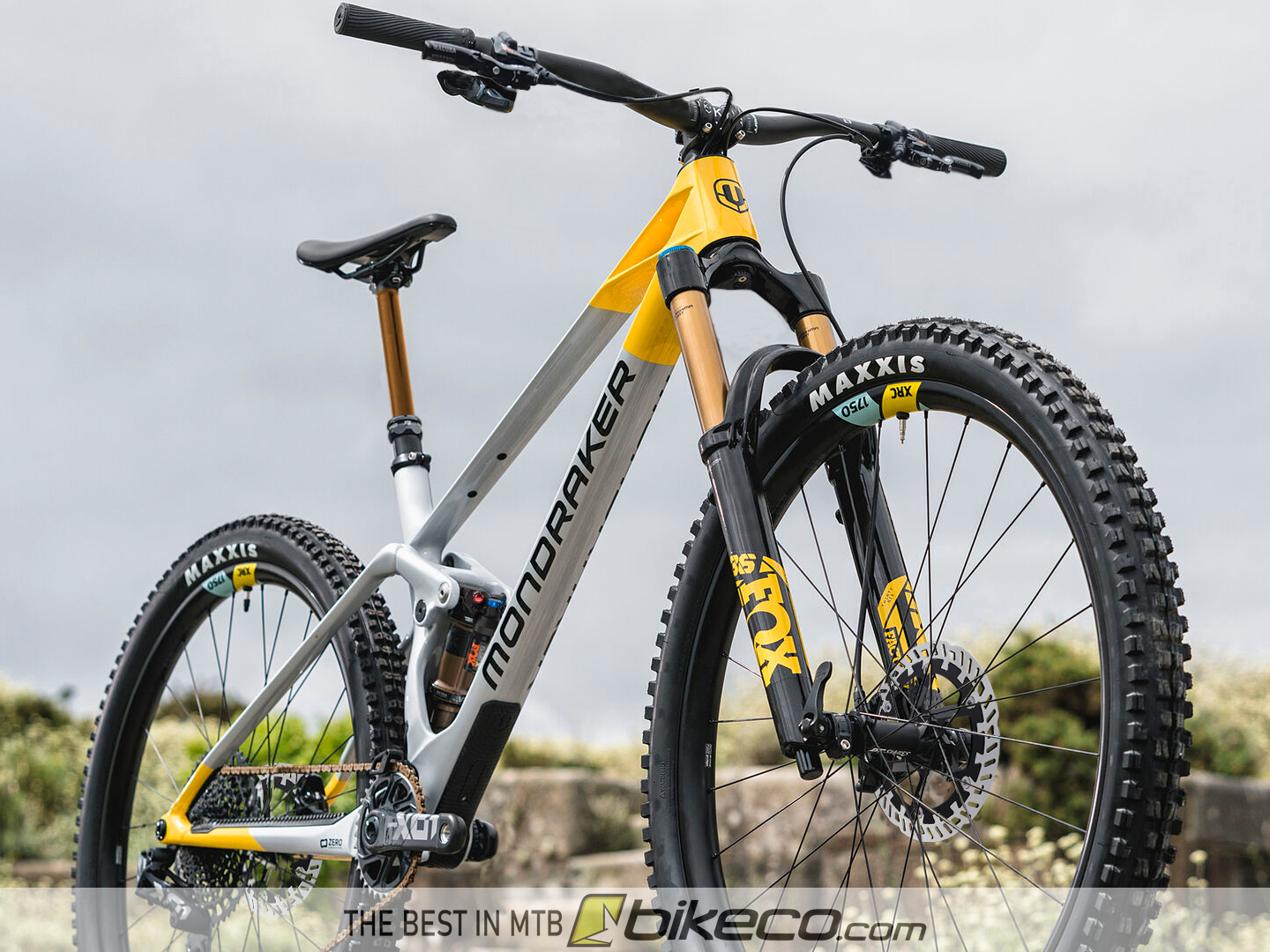Suspension Personality: Ibis, Mondraker, Nukeproof & Yeti
We get a lot of questions on why we choose the brands that we do as well as how the overall brand personalities stack up. Let’s look at how the Ibis, Mondraker, Nukeproof and Yeti bikes tend to behave and what type of riders will find a preference in their designs.
Let’s quickly examine some of the aspects that make certain MTB and eMTB designs special.
Modern MTB geo has found a more or less common ground across different types of bikes based on their designed terrain making actual suspension performance the characteristic to separate real gems from the “almost there” rigs.
Every bike’s linkage design plays a huge role in a variety of important factors for next level performance.
The class leading designs from Ibis, Mondraker, Nukeproof and Yeti feature factors that allow their bikes to stand apart. How each gets there is a little different – but these bikes are above the average in the following:
Trail Personality ABCs. Does it ride? Accurate. Behaved. Confident.
Bikes that are going to be fun for the widest range of riders are going to take all of the above into consideration.
We look for bikes that have a good balance of nimbleness and speed capacity while staying where you put them so to speak.
Are the bikes capable of climbing in typical terrain you’d expect for a riding style?
Do the bikes feel lively at consumer speeds? Are they confident transitioning into advanced or even pro race speed ranges, ie handling doesn’t become nervous?
Not all bike brands master this – for instance, prior to the Switch Infinity bikes (sometime in around say 2018?) Yeti bikes were really just absolute race machines. Everyone at Yeti was fast and every bike they built had that mentality. Some of the older Yeti’s were tough bikes for newer riders who didn’t have that aggressive capacity.
However, with the launch of Switch Infinity Yeti’s design team really addressed and produced bikes that are fun for a much wider range or rider skillsets. (Ibis was always very good at this aspect of bike design BTW)
How does each bike address the model’s “speed limit”? Obviously we’re not talking about an actual number on a limit – but some bikes have “soft” and others “hard” speed capacities. A bike with a “soft” speed limit will give a rider plenty of input that hey, we’re getting up to where your riding confidence level might have you start to whoa it back a bit. Bikes with a “hard” speed limit tend to feel amazing, until the moment they absolutely do not feel amazing and tend to spit riders out.
Whether you’re a weekend warrior, an ardent rider or a pro racer the “soft” speed limit makes for a more confident riding experience – which is one of the most important factors of design.
Rider Input: Active, Neutral or Passive?
How active are you on the bike? Do you like riding with a lot of body English? Attacking every corner and bit of terrain? That’s an Active riding style level of input.
Maybe you’re learning or progressing in a certain type of terrain and are looking for a bit more help from the bike? Maybe you physically struggle to ride actively due to back, neck, whatever type of physical ailment? A neutral riding style doesn’t mean you never move around – but maybe you’re more confident riding “in” the bike and want a bike that compliments this? Or even helps out with the occasional out of position scenario? Neutral.
So that leaves PASSIVE. How to describe that? Well, ever been on a big like notably too big for the terrain? No matter what you do the bike is simply going to do its’ own thing? Well, some brands miss on their designs and even an appropriate travel level bike can have a PASSIVE performance in the right type of terrain. Think of trying to do cornering drills on a bicycle built for two. You can want and lean all you want, but it’s gonna do it’s thing…
(We’ll touch more on how each of our brands: Ibis, Mondraker, Nukeproof and Yeti stack up to rider input below)
Tuning Range
Do the mechanics of the design lend themselves to the tuning capacity of the terrain or riding style appropriate dampers and springs (whether air specific, coil specific or setup for either).
Designers work to balance the mechanical advantage or disadvantage from the wheel, through the linkage all the way to the spring’s resistance. On multi pivot bikes that means a compromise of how your overall leverage ratios are balanced in order to produce a big that’s comfortable in the appropriate size of terrain and ground speeds.
(At BikeCo.com we do a lot of Pro Tune suspension work on brands that we don’t stock. Often it involves addressing performance deficiencies due to leverage ratios or leverage ratios outside of very specific weight and ground speed interface. But that’s a different story for a different day)
Ibis Suspension
Ibis’ DW suspension is extremely popular for new riders and experts alike.
Ibis bikes are very predictable and confident. The DW Suspension tends to be comfortable in bigger terrain than the amount of travel might suggest.
Ibis bikes are forgiving to rider position and disposition. An active rider will get even more performance out of the design – but a neutral rider, even an out of position rider on an Ibis benefits from the DW’s confident trail personality.
Ibis riders can rider “in” the bike with a nice balance between feet and hand weight input. Riding “off the back” in steeps is comfortable on the Ibis design and won’t compromise too much in terms of quick direction changes if riders shift a touch of weight onto the front for that split second of bite.
They hold lines well, they’ll go where riders tell them to, and if you find yourself suddenly above your skillset it’s a bike that’s going to have a lot in the tank to get you out of trouble.
Overall the Ibis designs have a good balance for average to heavier than average tuning. Lighter riders will note that many of the smaller frame sizes feature shocks with a lighter tune from the factory to help accommodate them.
BikeCo Pro Tune suspension is popular on the Ibis, as well as the other brands we carry, as it takes the unbeatable FOX damper range and narrows the performance window for a specific rider size, style, skillset and ground speed.
Ibis have a very soft speed limit and their performance is logical from just cruising down trail to really aggressively trying to find every bit of speed that trail will allow.
Mondraker Zero Suspension
A uniquely balanced design providing excellent confidence at speed for bikes notably nimble climbing or earlier in the speed range. An amazing balance of performance – seldom achieved at this level.
Mondraker’s suspension lends itself to active riders. Now that doesn’t mean you have to be flinging yourself all over the bike – and it is well behaved in a neutral riding position. But, if you ride mindful of terrain pumping the trail and turns, driving that front wheel into the direction change for a split second this bike will reward you with free acceleration.
A comfortable bike to ride “through your feet” (my preferred riding style at this point) the Mondraker’s are balanced, playful and fun in a wide range of terrain per model.
The Mondraker is a very precise bike capable of quick direction changes as well as holding a line through its speed range.
Overall the suspension design remains fairly neutral for all size riders. That said, my personal FOXY was spec’d with Ohlins suspension that I was too heavy to get into a compression range (so I went to a FOX 38 and Float X2 and never looked back).
Pro Tune suspension on the Mondraker is very similar to Ibis, Nukeproof and Yeti: the main goal tends to be to improve the personal adjustment range by narrowing the FOX suspension setup range for a specific rider. Every Click Counts!
The Mondraker parallels Yeti’s disposition: with a confident feel continues to invite more and more speed without becoming nervous. The bikes will communicate to a rider as they’re closing in on traction loss – I haven’t had a situation where my Mondraker simply spit me out so to speak. (And you should hear the tires groan in some corners! Just like my SB130 for all those years…)
A last note, much like the Yeti, Mondrakers are comfortable bikes at the extremes: two wheel drifts, snapping into a corner – these are bikes that if you’re capable of pushing them this hard they behave well all the way to the limits.
Nukeproof Suspension
Nukeproof’s suspension has a confident and competent on trail feel. Like the Ibis suspension Nukeproof bikes perform well for active and neutral riding styles.
Again, like Ibis, Nukeproof bikes are confident helping riders through terrain providing some leeway when you occasionally get over your head with the bike capable of bringing you back.
Active riding styles will find even more performance and speed – but the Nukeproof lineup is comfortable in direction change and holding lines without needing exceptional levels of rider input. The bikes follow directions well holding good traction at a variety of speeds with the capacity to hold a line.
Nukeproof bikes can be ridden confidently both in the bike as well as through your feet. Depending on your specific riding position your fork setup will differ, and to a lesser extent your rear shock’s compression settings as well.
Our custom Pro Tune packages for Nukeproof for the average to moderately heavier rider is pretty linear with lighter and notably heavier (myself included here) having some added variables.
Another parallel with Ibis, during custom tuning some Nukeproof riders find that Pro Tunes with increased compression tuning provide some additional “pop” to the bikes which produces a livelier feel that benefits active riders pumping the trail.
Nukeproof bikes are very confident and stable providing a very soft speed limit as you approach your speed capacity limits. Few scenarios create a nervous reaction from these bikes when ridden in their designed terrain capacities.
Yeti Switch Infinity Suspension
Designed with Yeti’s commitment to speed but without creating a numb bike at low to medium speed ranges, the modern Yeti is a poppy that offers a lot of free energy to active riders pumping the trails.
I have years of experience on the Switch Infinity with my previous personal bike a Lunch Ride SB130. This is a bike that is confident at speed all the way past its traction capacity without becoming edgy or nervous. Few bikes drift, and come back from a drift, like a Yeti will!
A combination of geo and suspension design allow the Switch Infinity bikes to be ridden both in the cockpit as well as through your feet – occasionally leaning up on the fork for super quick direction changes or to pump the trail for free speed.
Custom tuning for the Switch Infinity is variable depending on rider size and ground speed. A common Pro Tune consideration for average to heavy riders is to shift the compression settings to allow more support in the mid to mid-late shock stroke for better cornering (it allows the bike to stay taller in the travel forcing the energy through the corner instead of into the damper).
While I never found the Yeti a bike that was uneasy or nervous to ride I do feel that when I would start to get over my head I was best suited to emphasis an active riding style taking some control back from the bike rather than sitting in and letting it monster truck through things like an Ibis or Nukeproof might.
Some customers will have Yeti suspension tuned to increase the plushness and monster truck capacity as well as over-forking the bikes (Yeti tests its bikes to 20mm over fork travel spec per model) to increase the bike’s capacity for a rider who might get over their head occasionally…
Like the Mondraker Zero the Yeti Switch Infinity suspension allows active riders to push past where they likely thought their limits would be. An active riding style with a bit of a stiff front end (to keep you floating over and not burying in – whether through compression or compression and air) and these bikes are magic.
The Switch Infinity bike was the first in a LONG time that I could hear my tires working all the way to their edge of capacity before I felt like the bike had found anywhere near it’s capacity.
Ready for a bike capable of taking you to the next level?
Ya, ya you are. The proven personalities of our lineup, paired with BikeCo’s capacity to build a perfect spec for you, get you on a good starting suspension / cockpit / tire setup and provide absolutely unmatched after sales tuning advice through our team of experts is the reason so many MTB and eMTB riders buy from BikeCo.com
Questions? Chat, email or call our team to go over what you’re looking for and where you’re looking to go in your personal riding journey.
